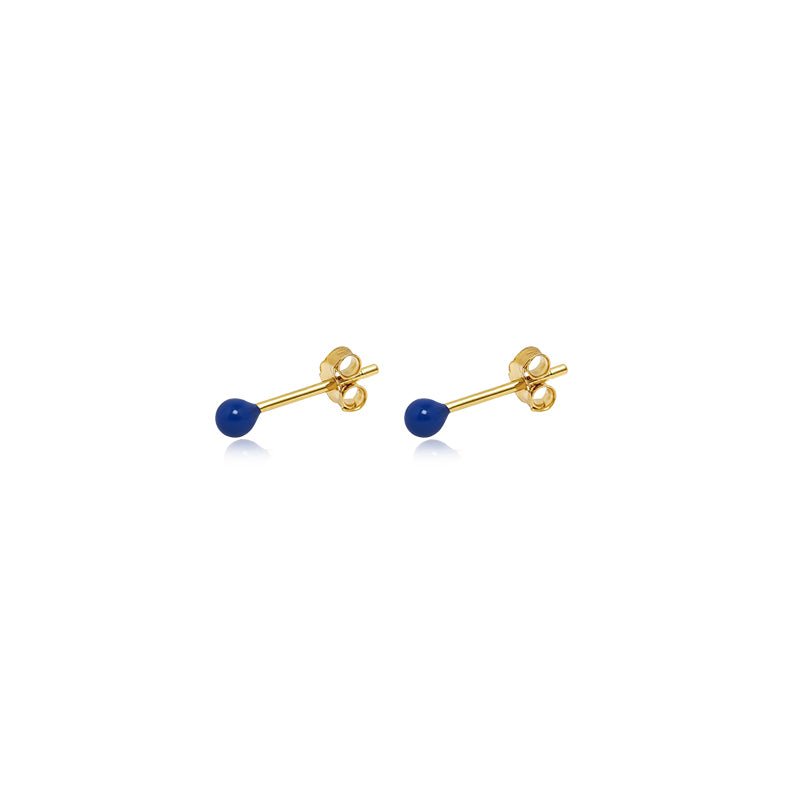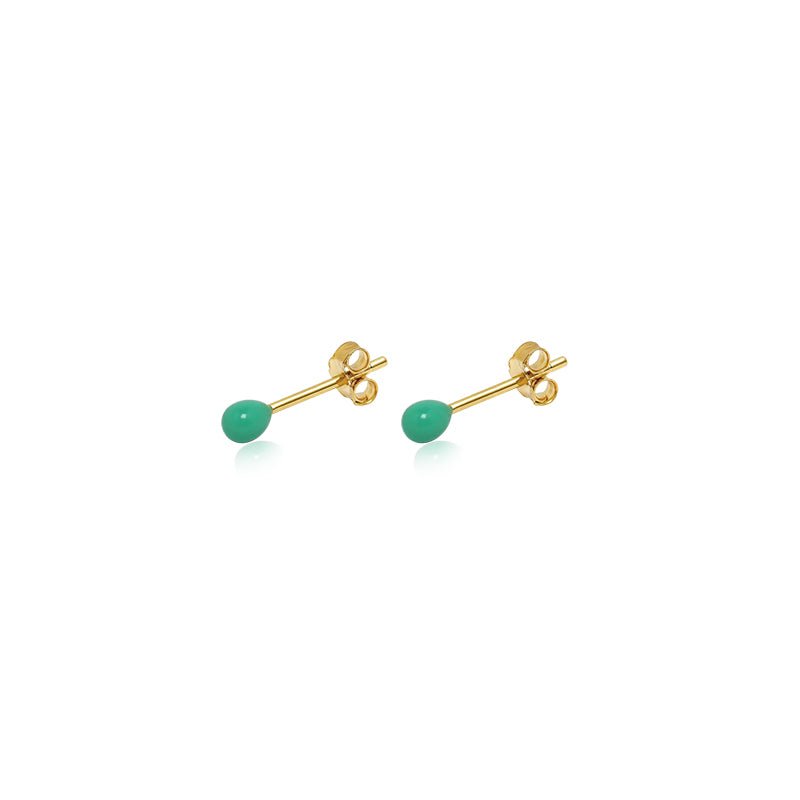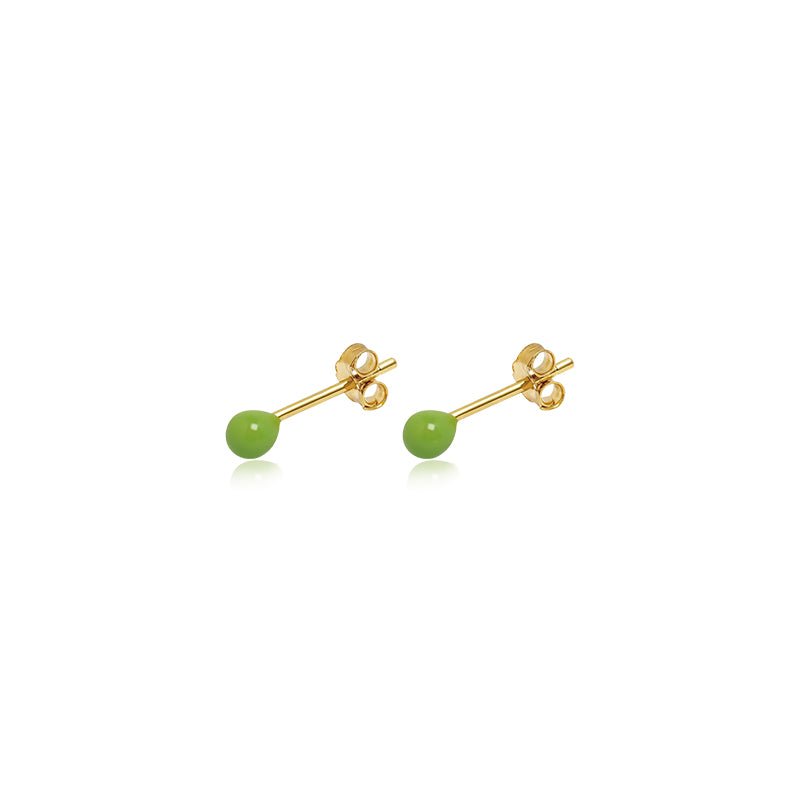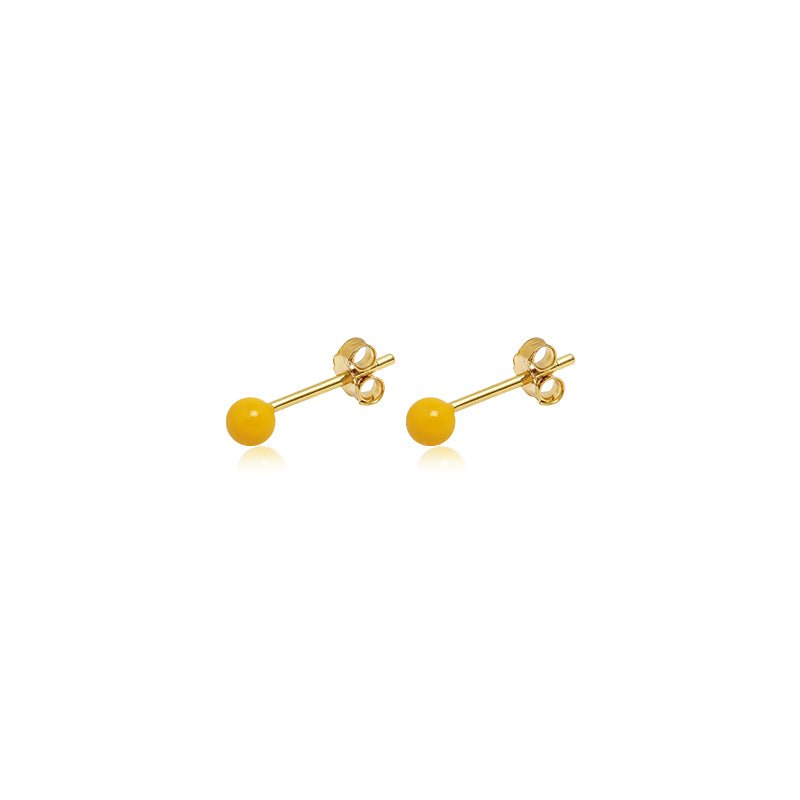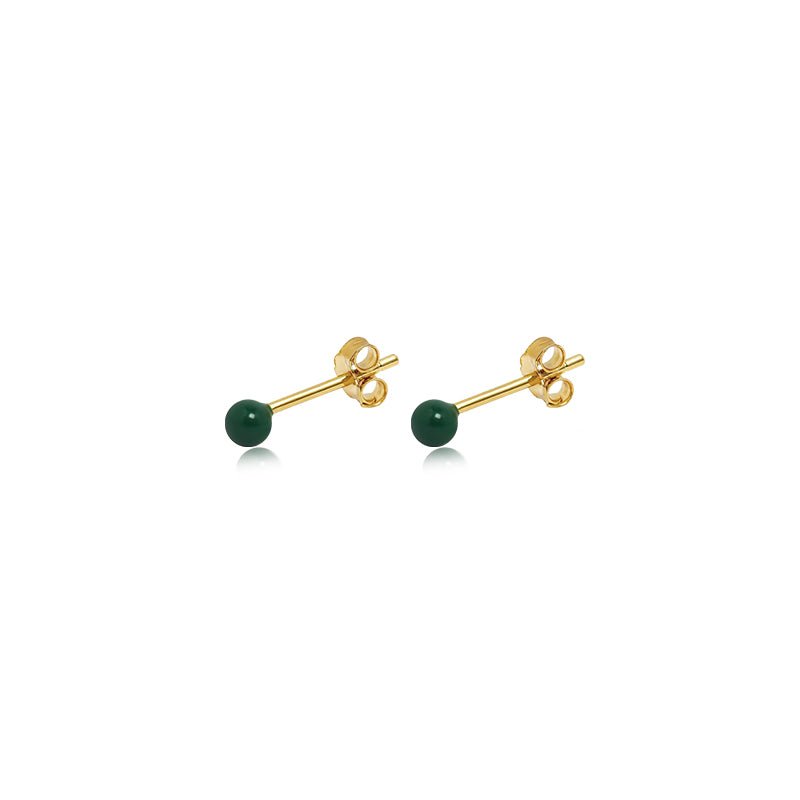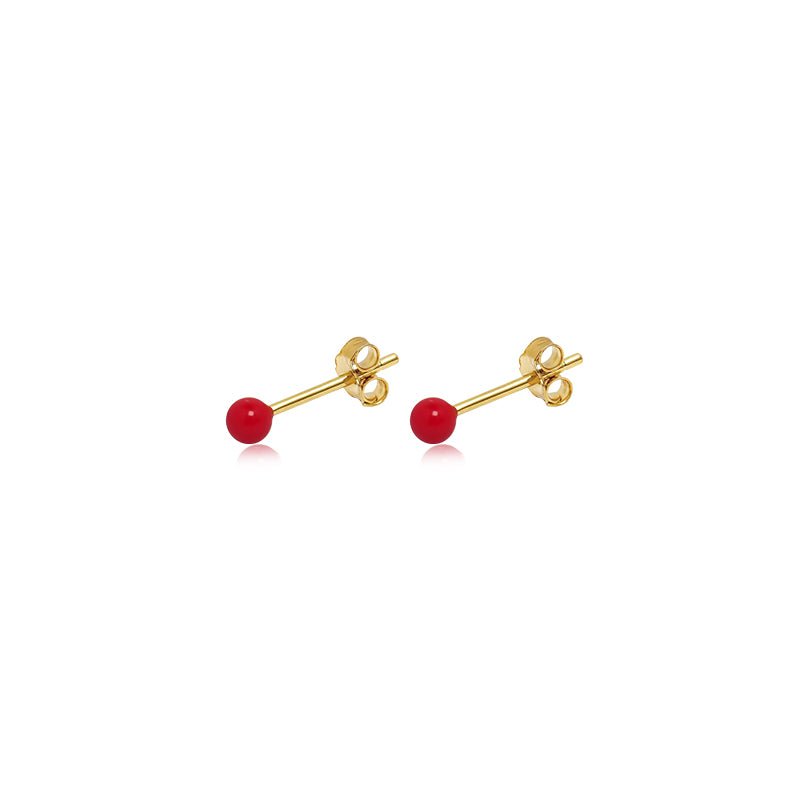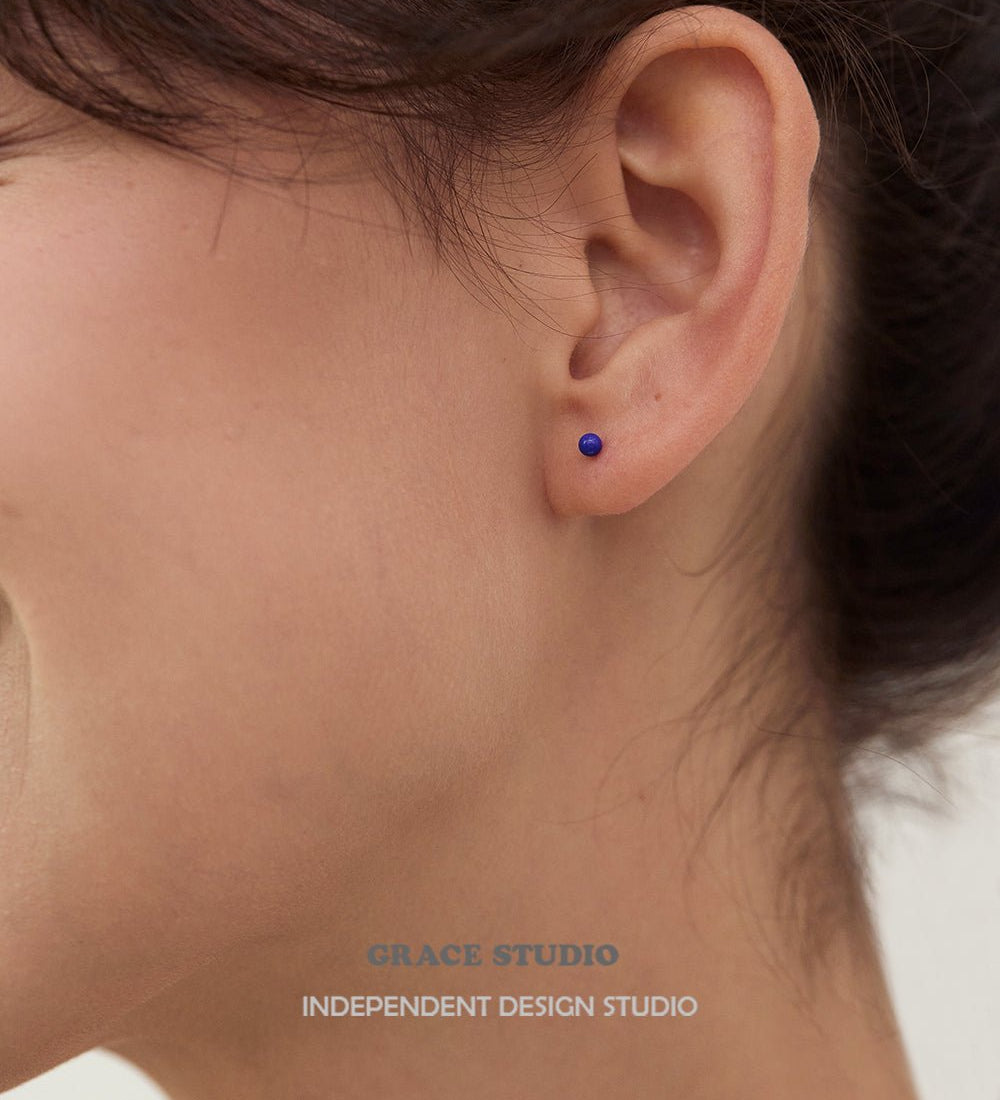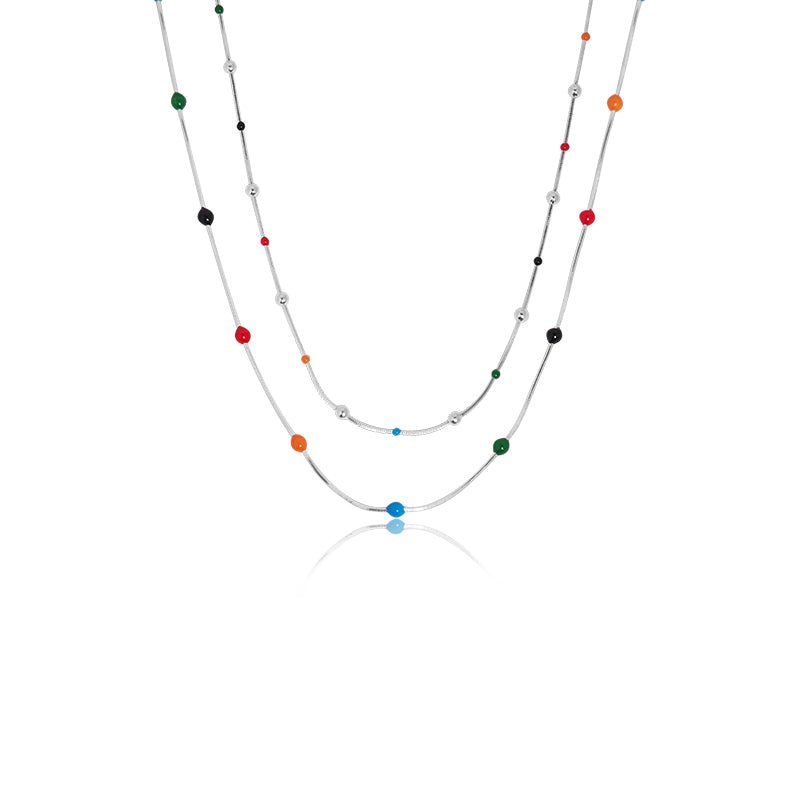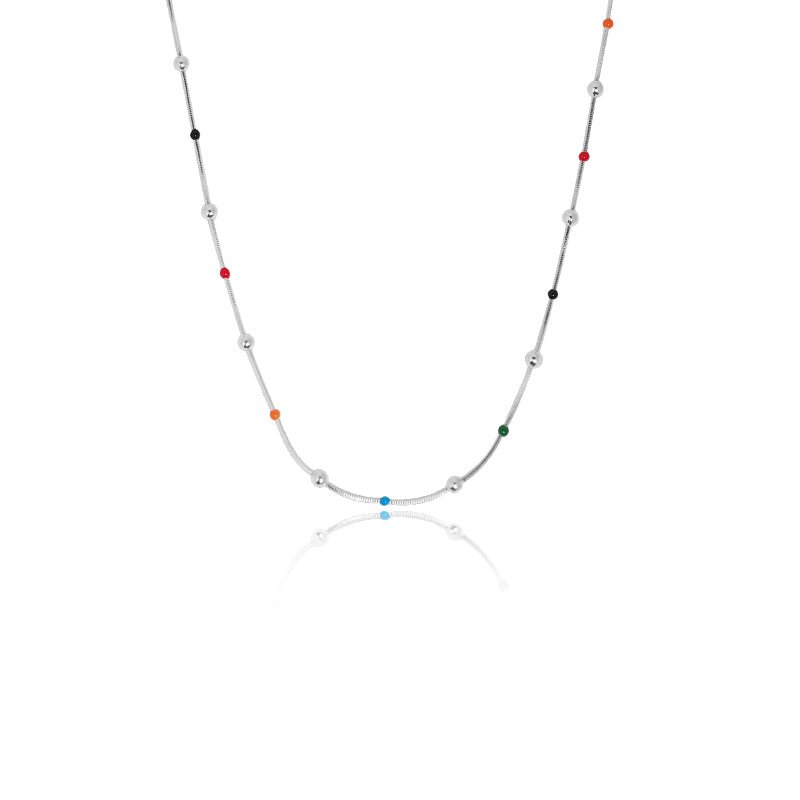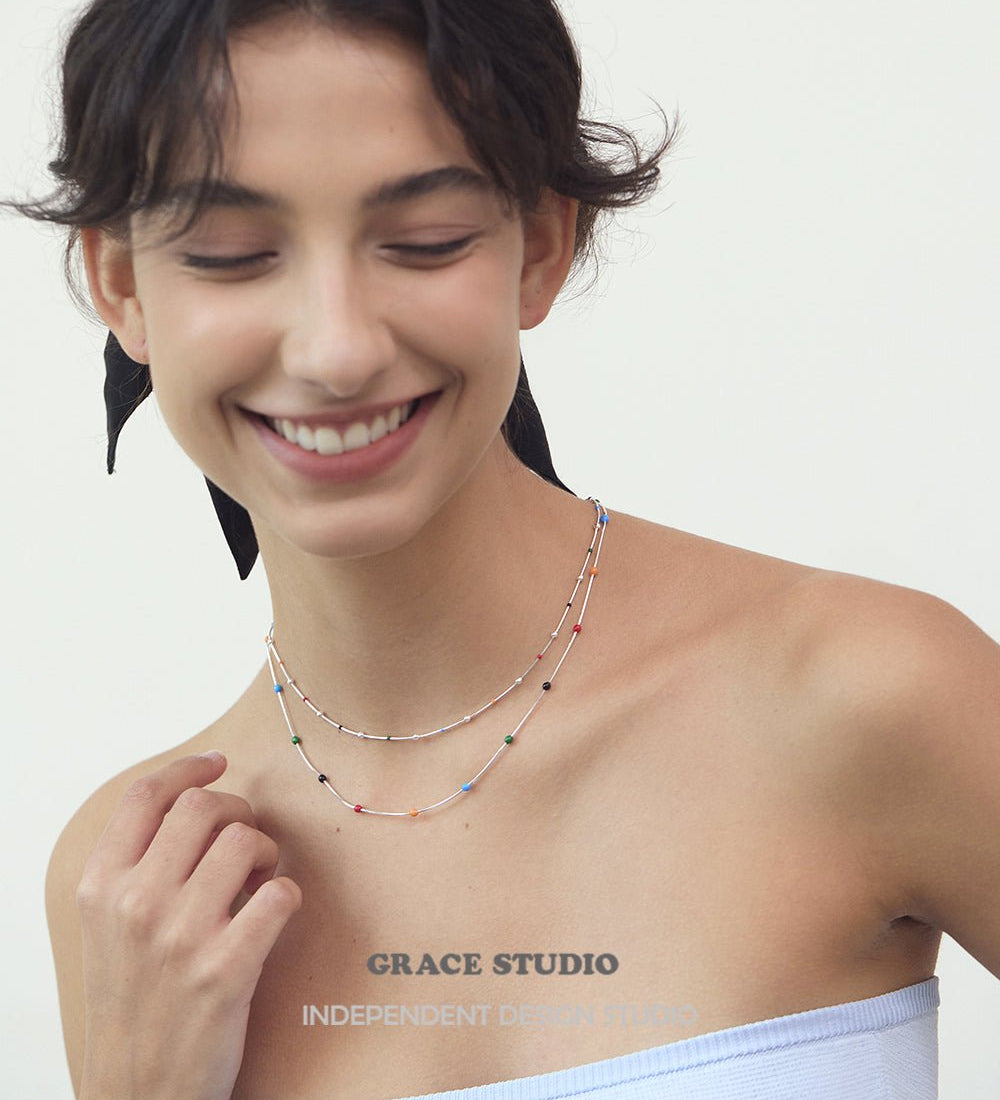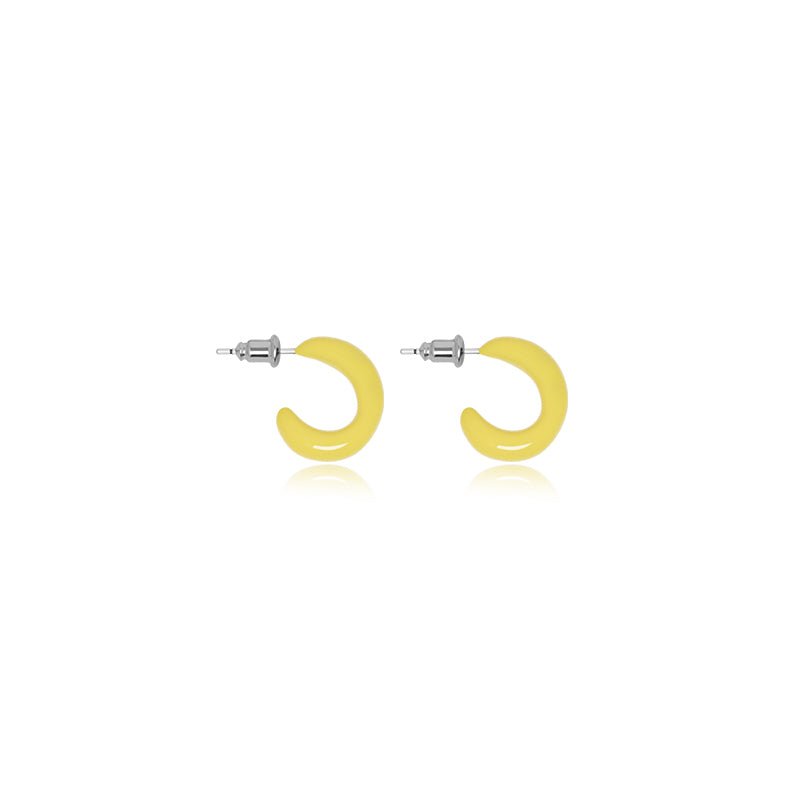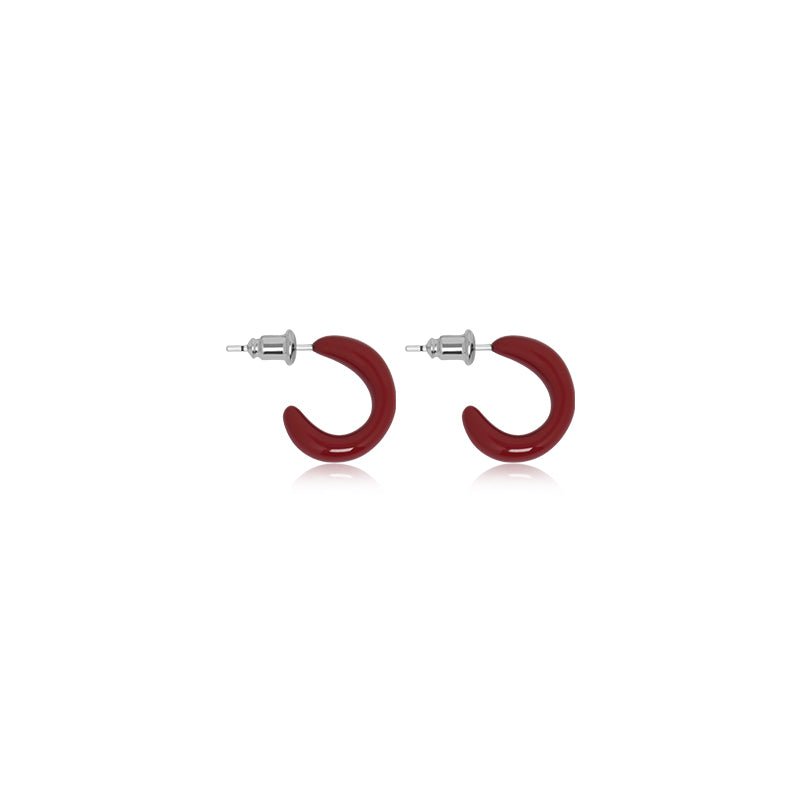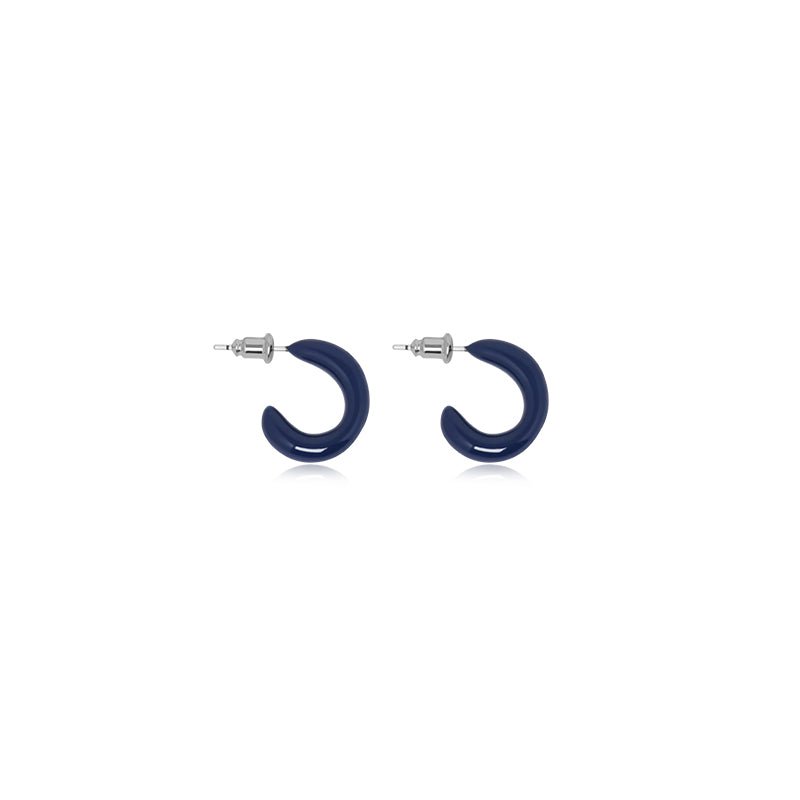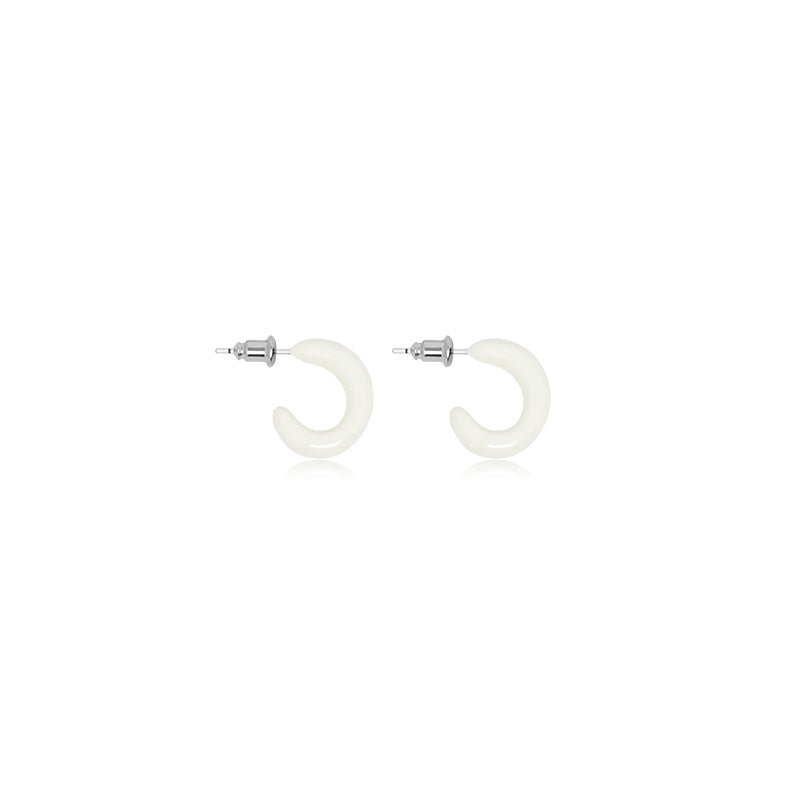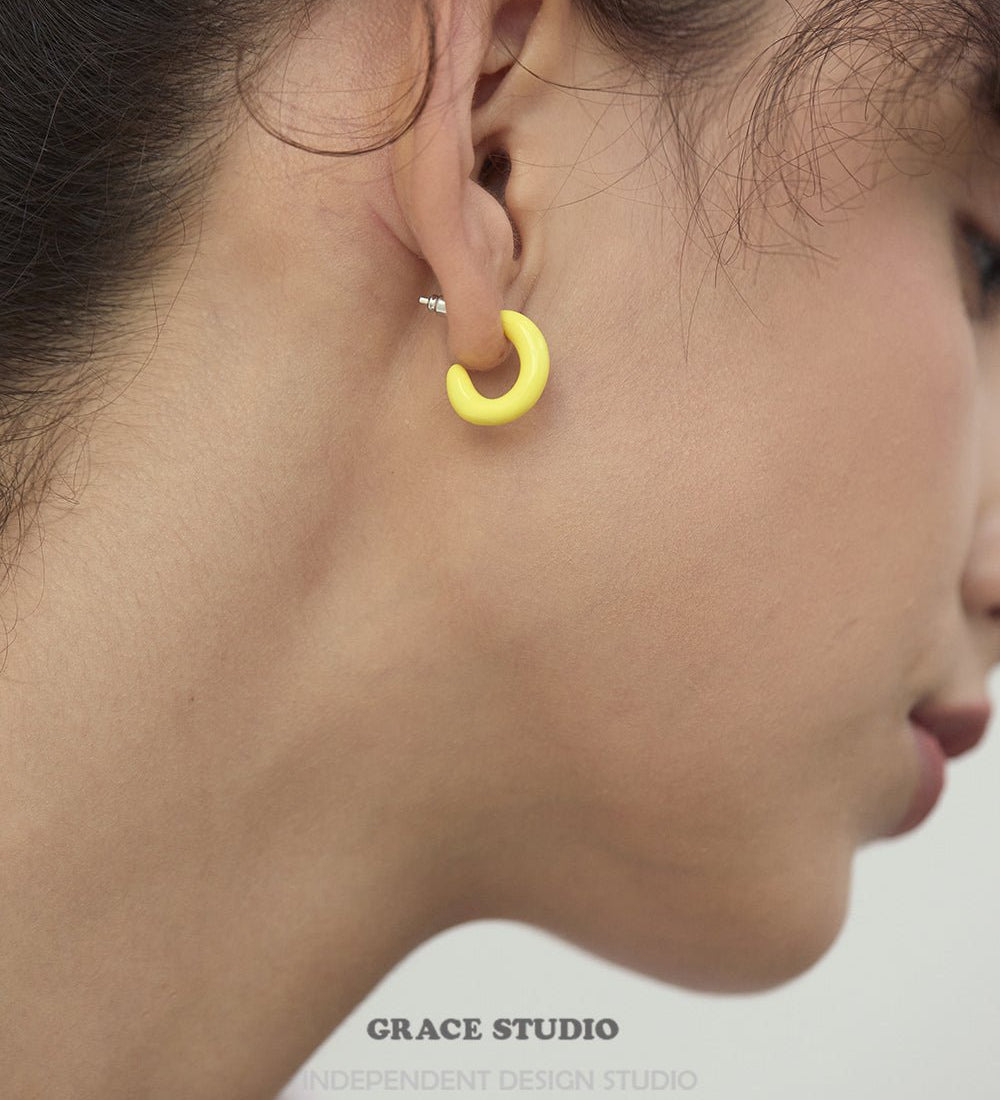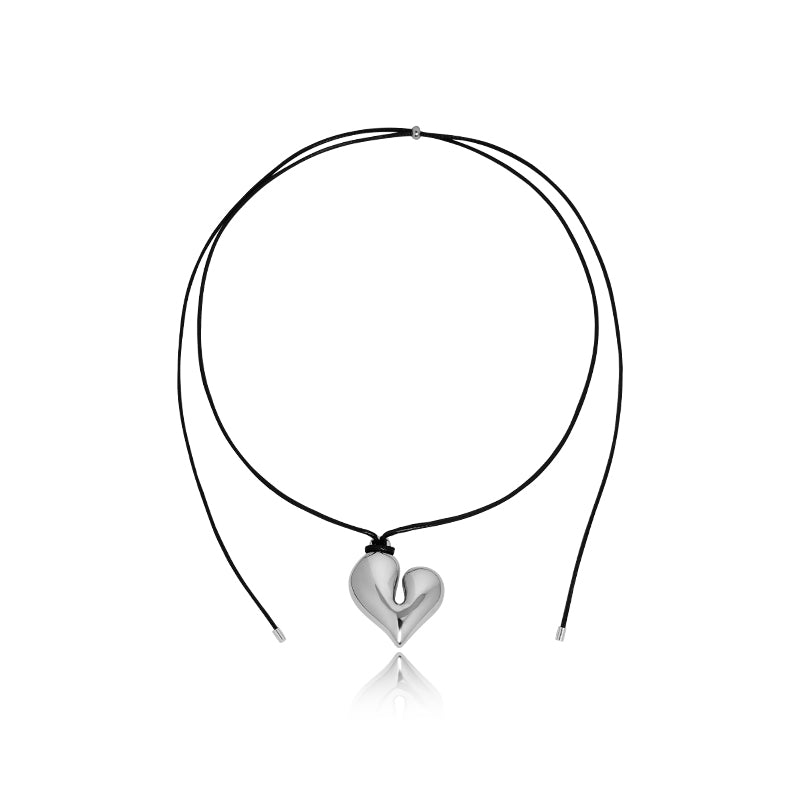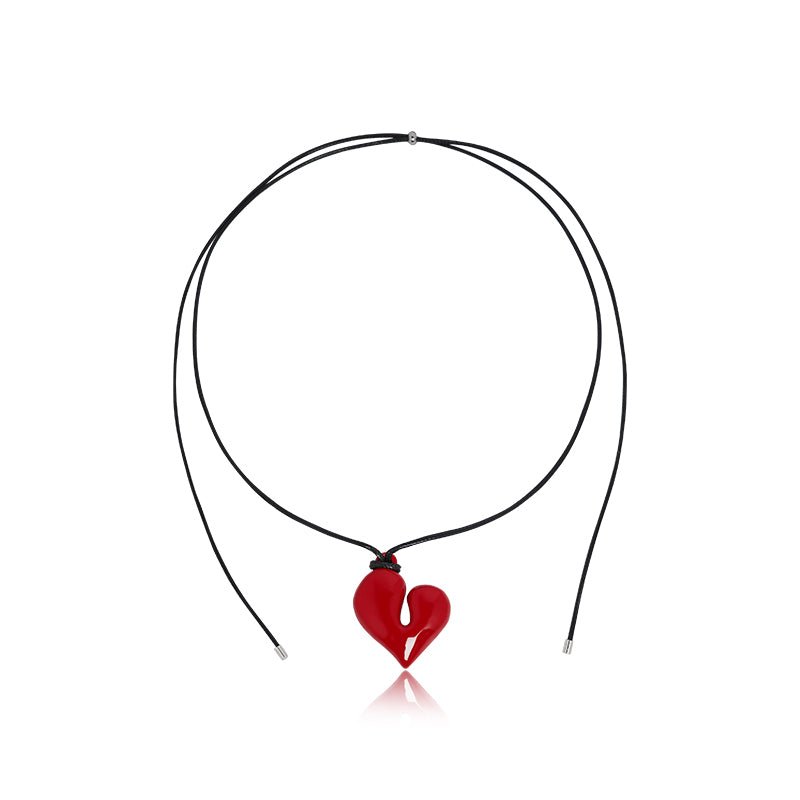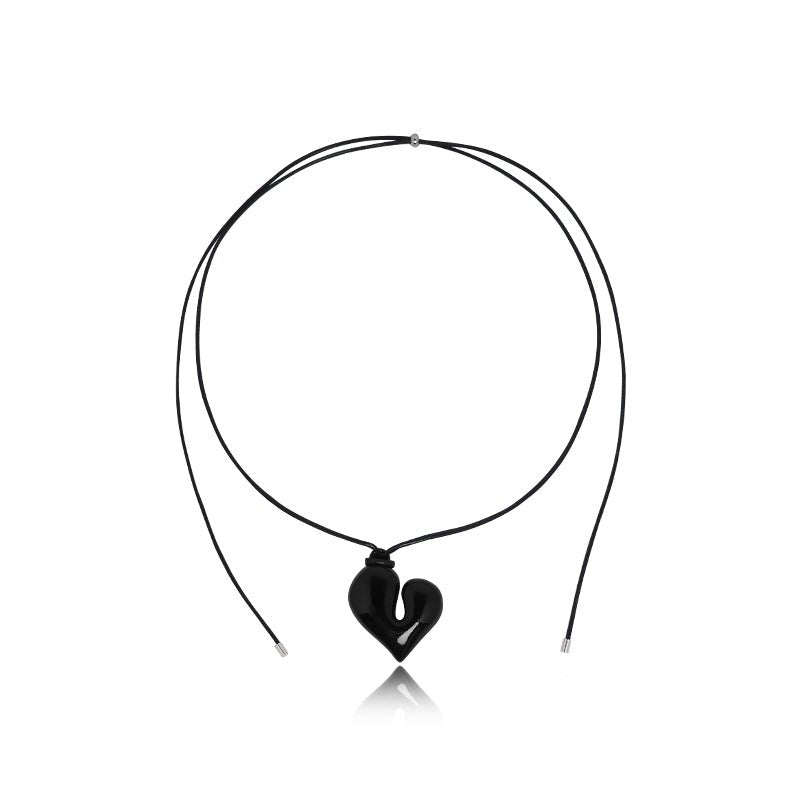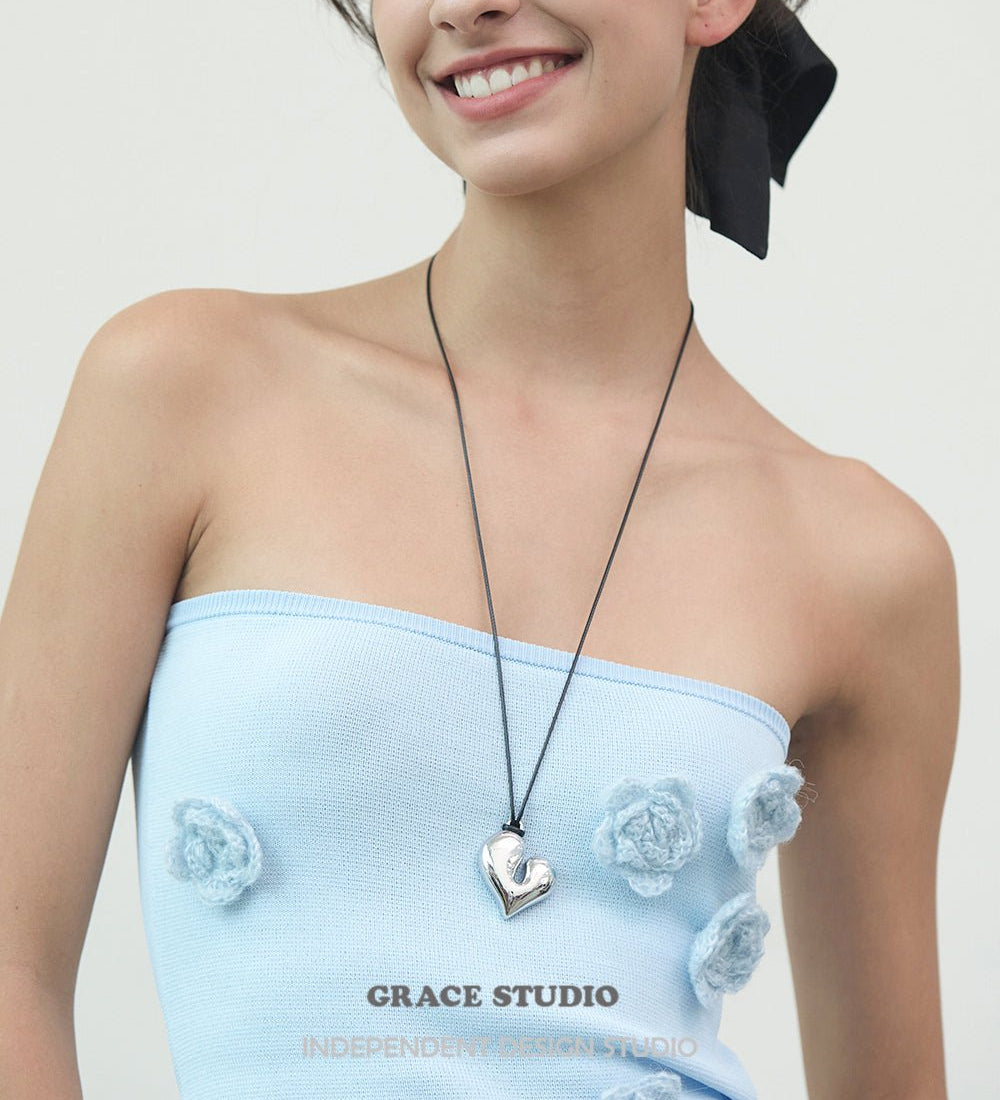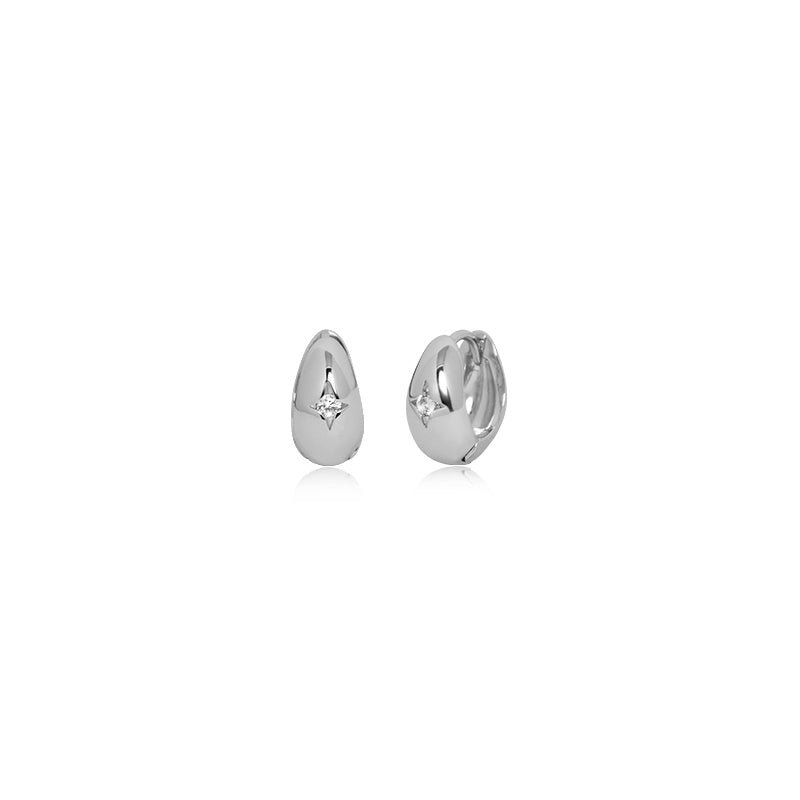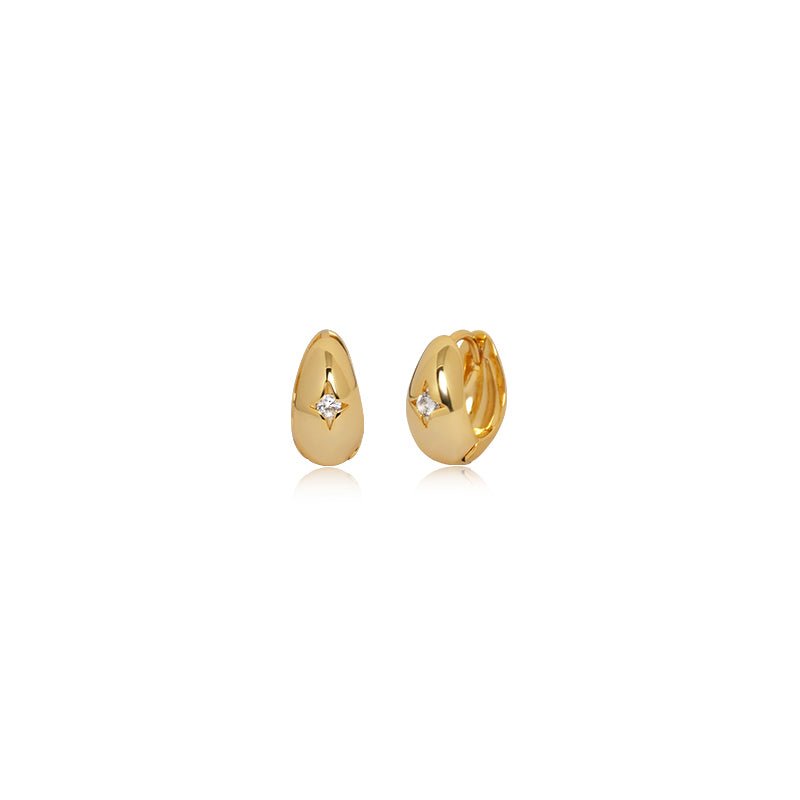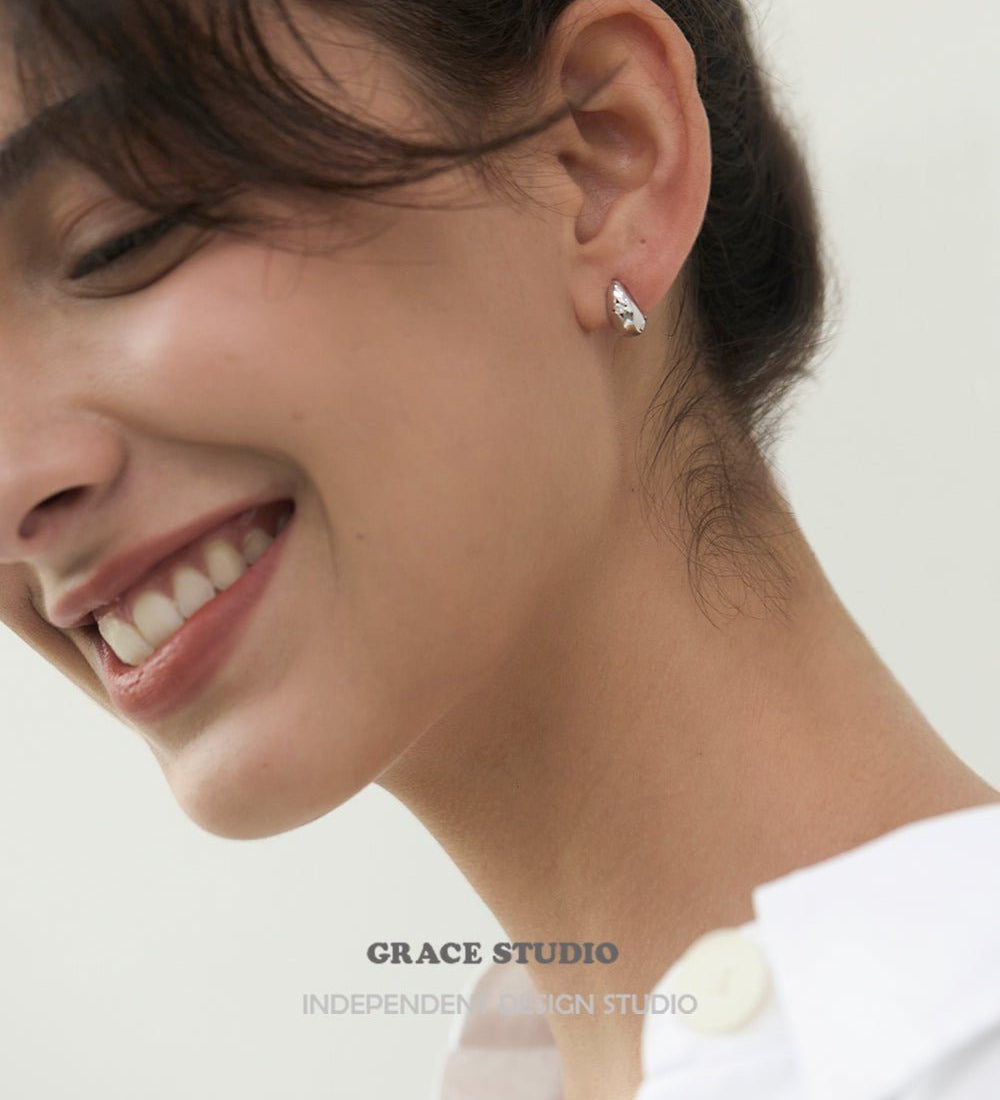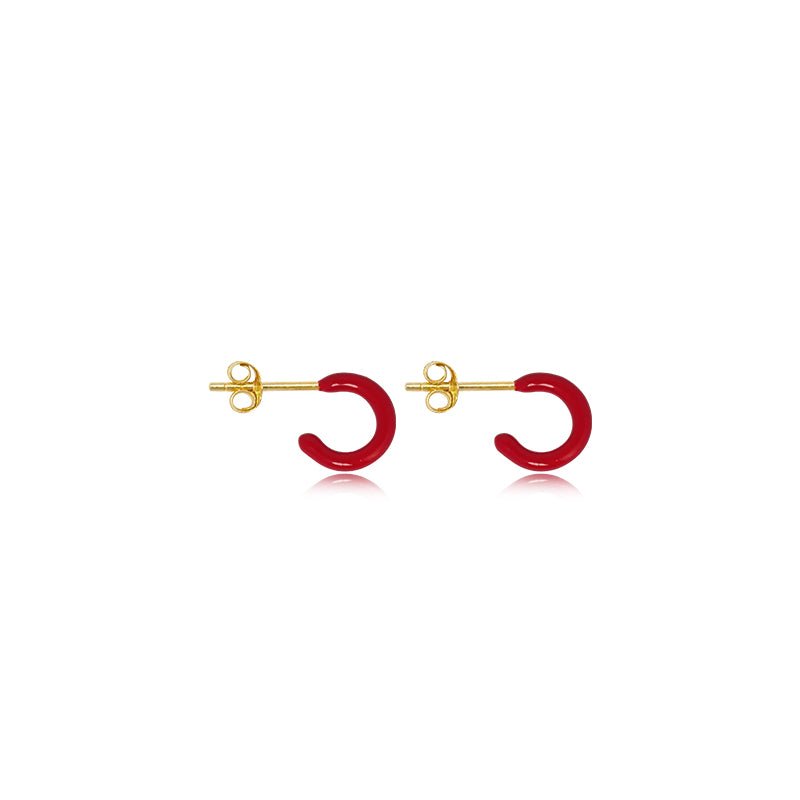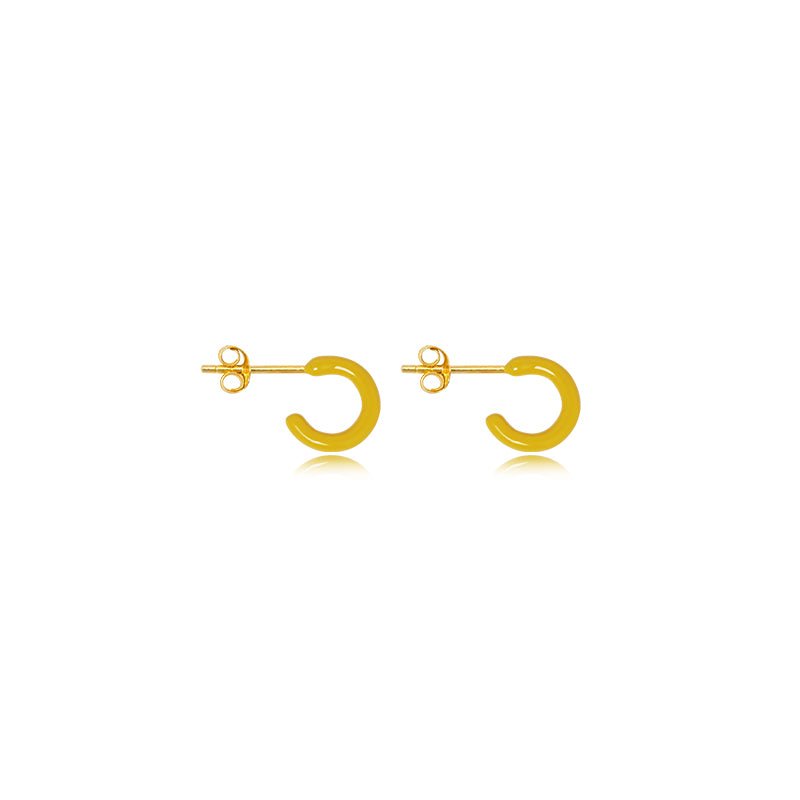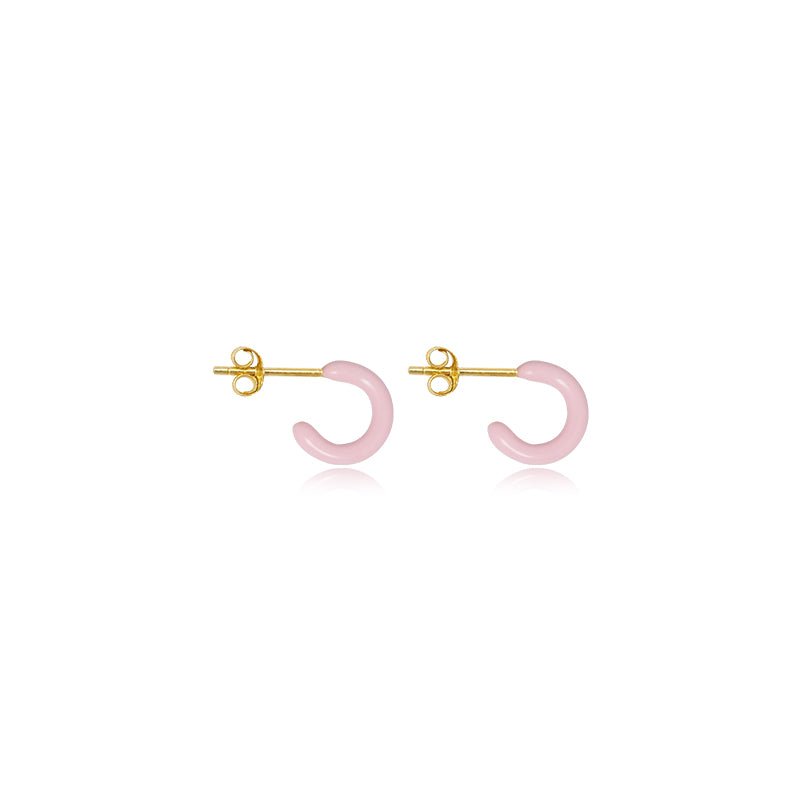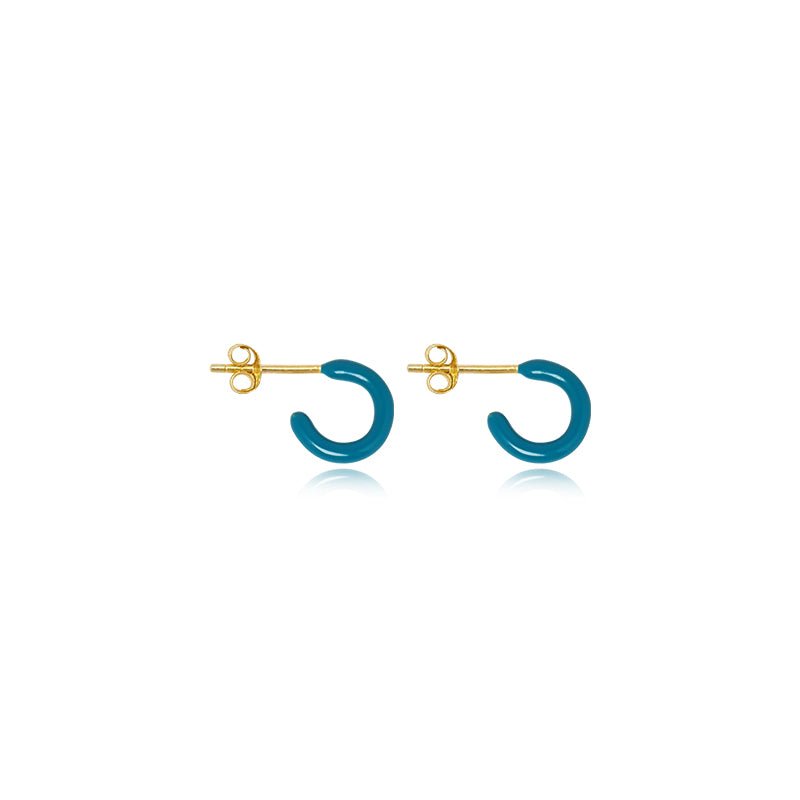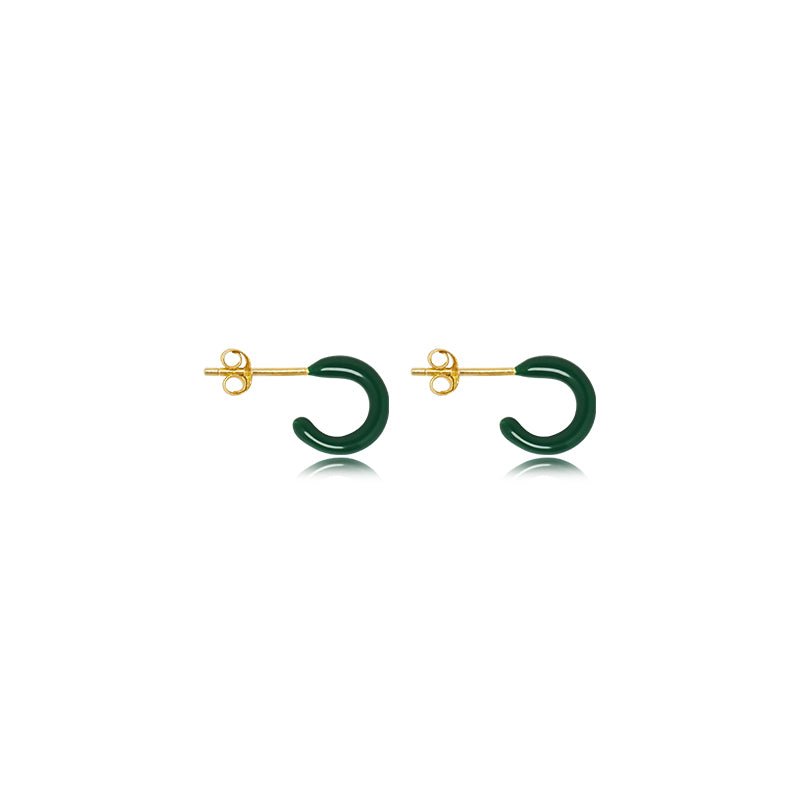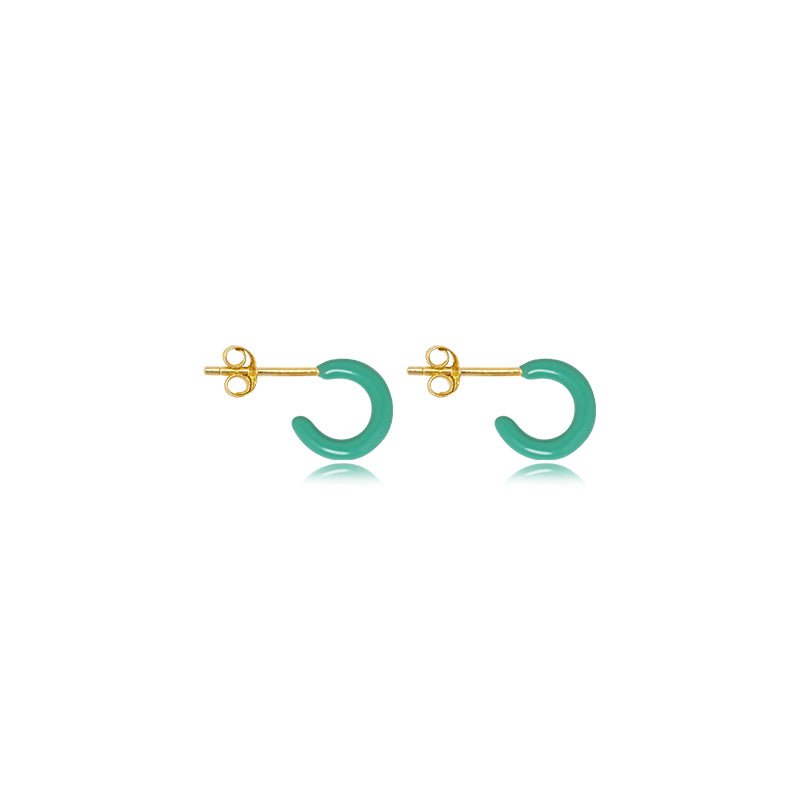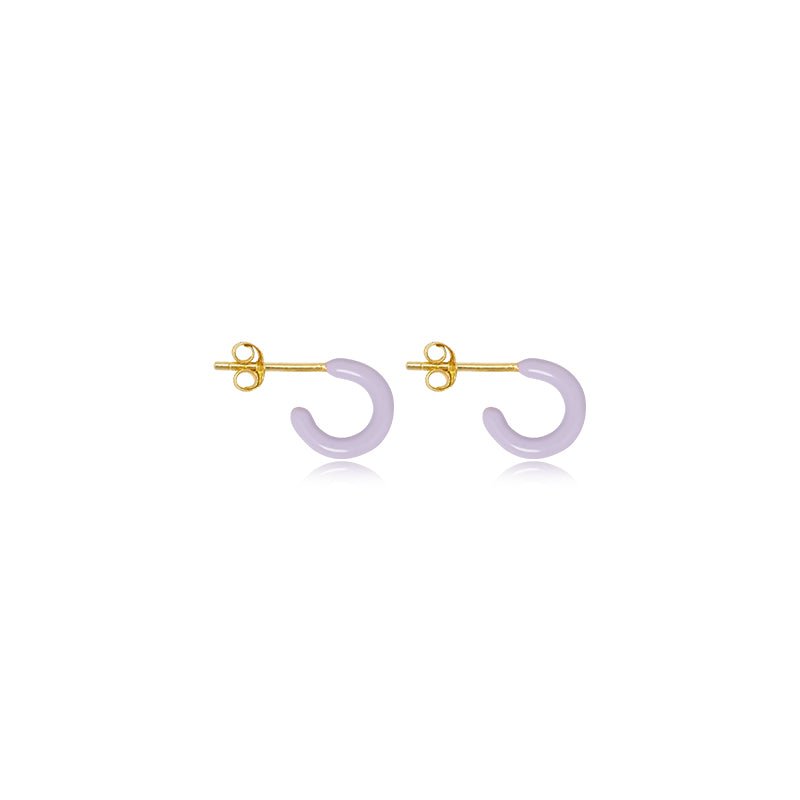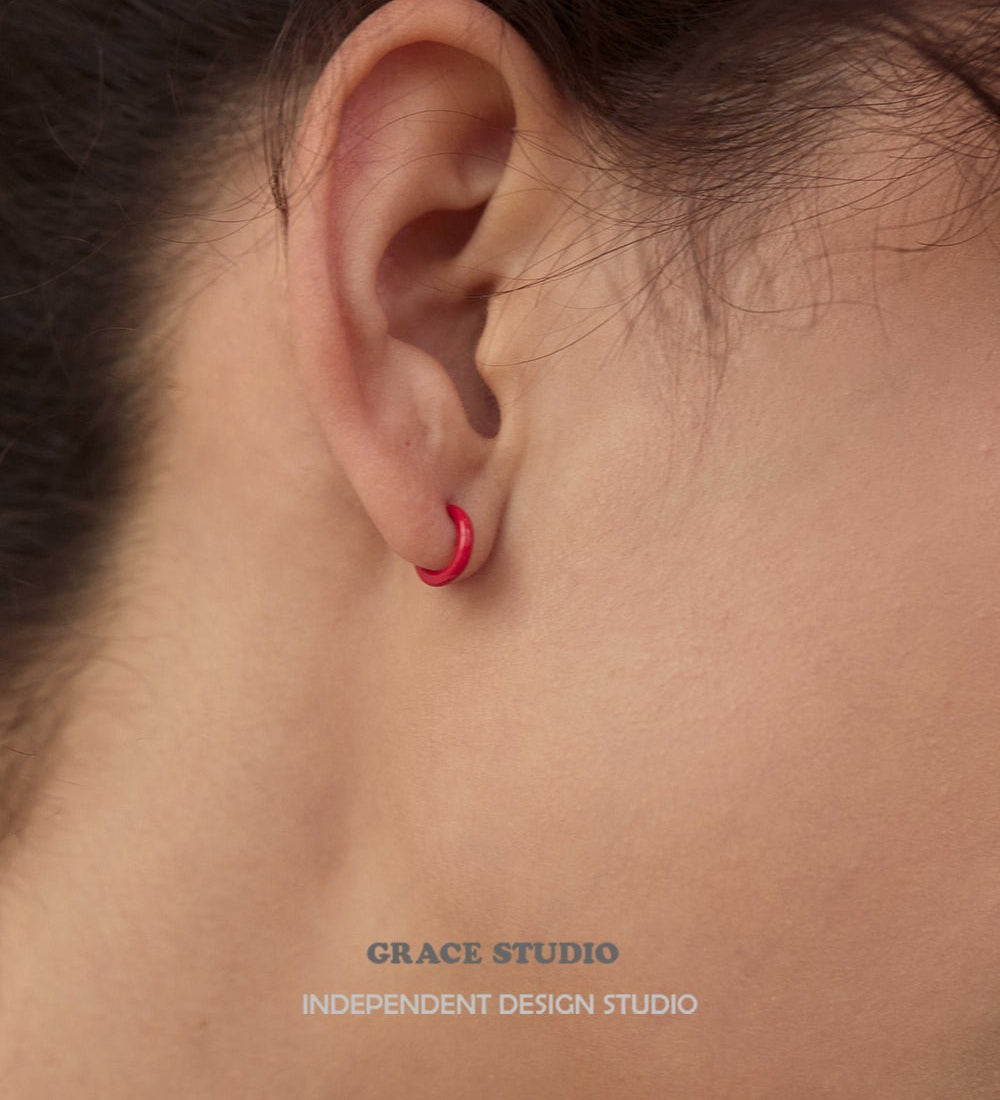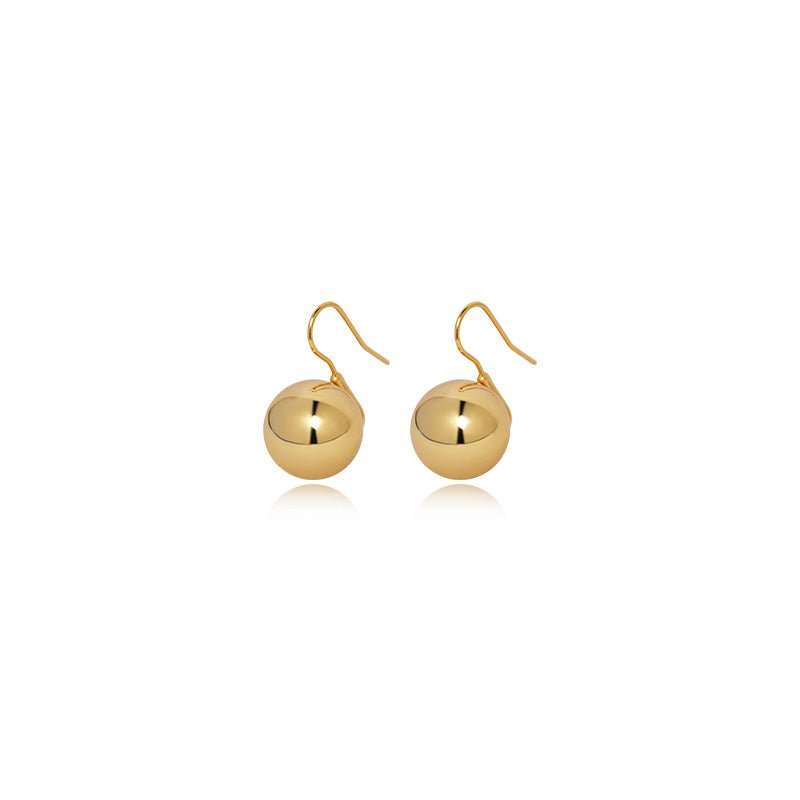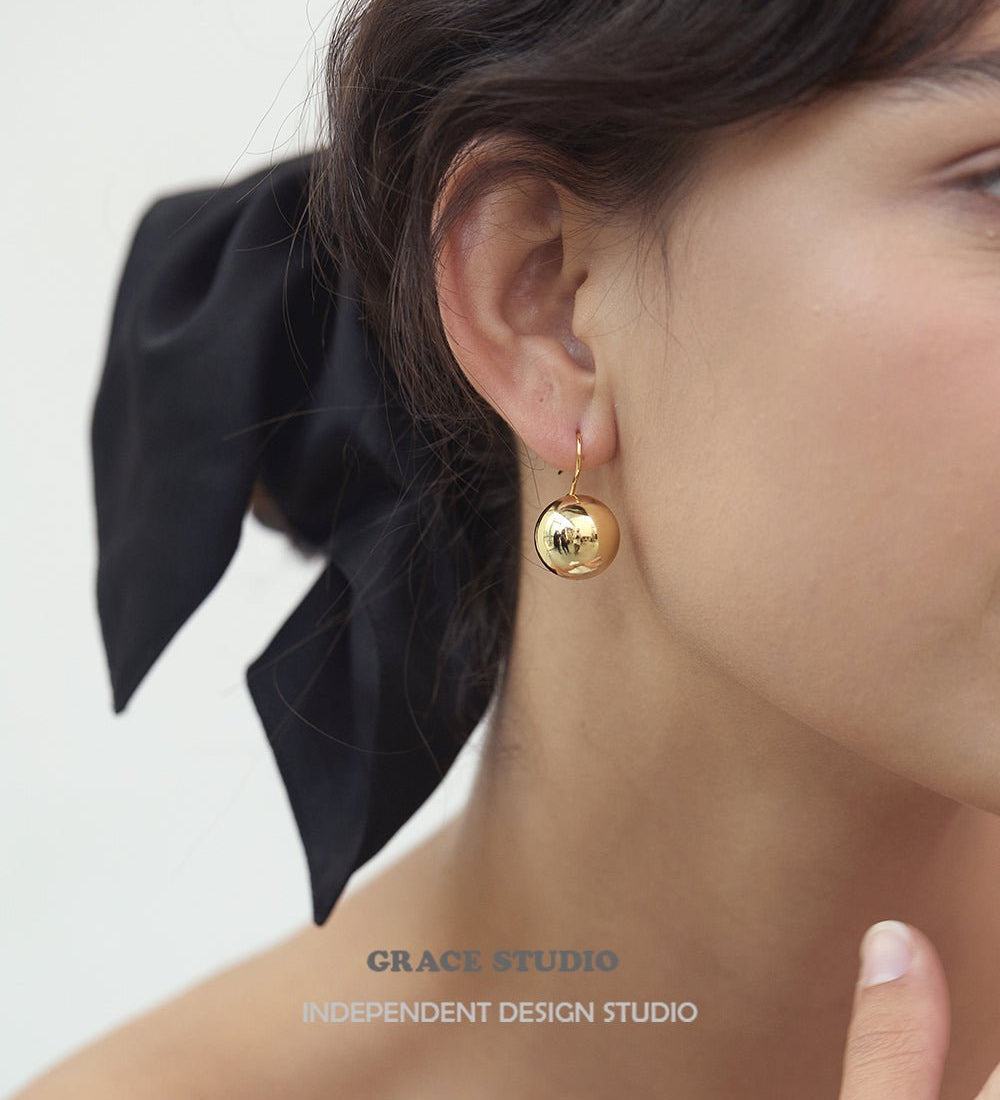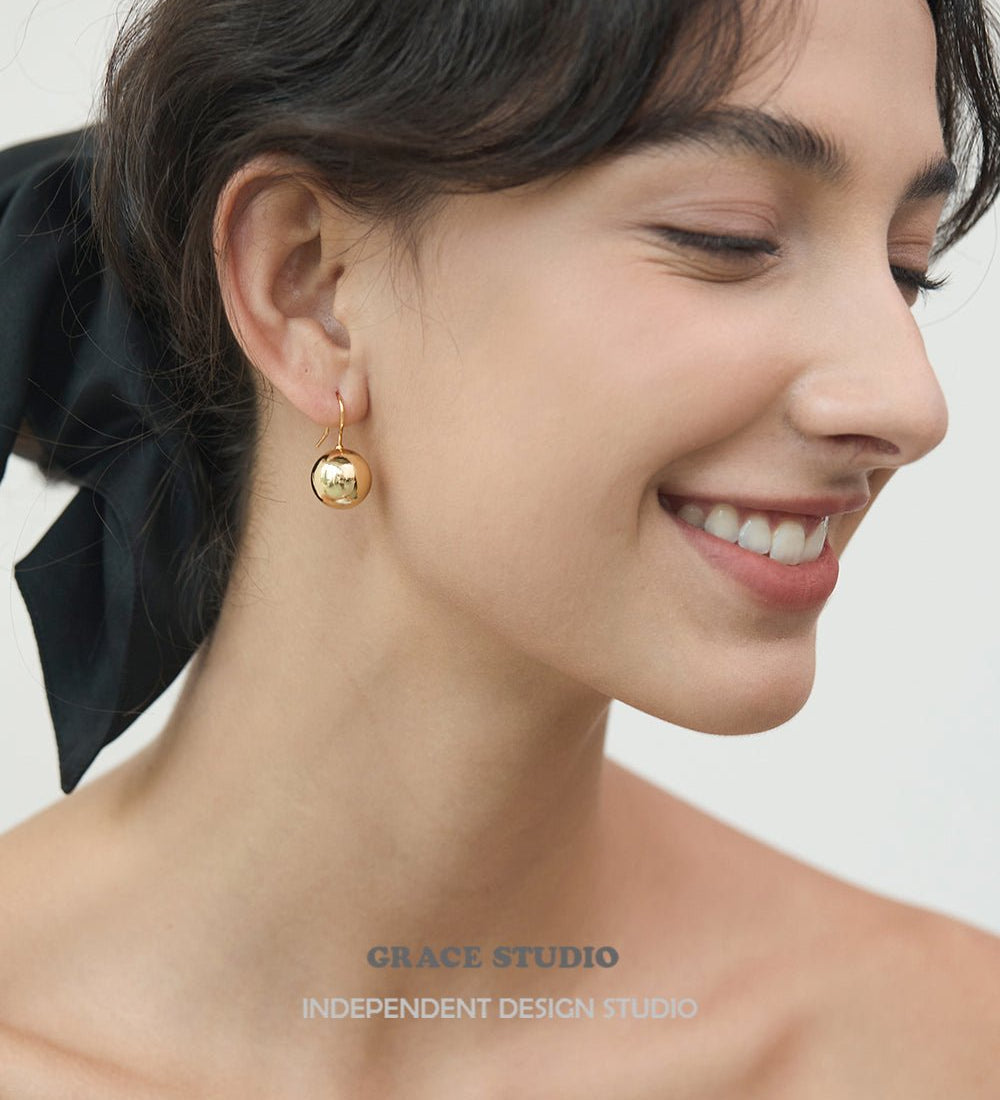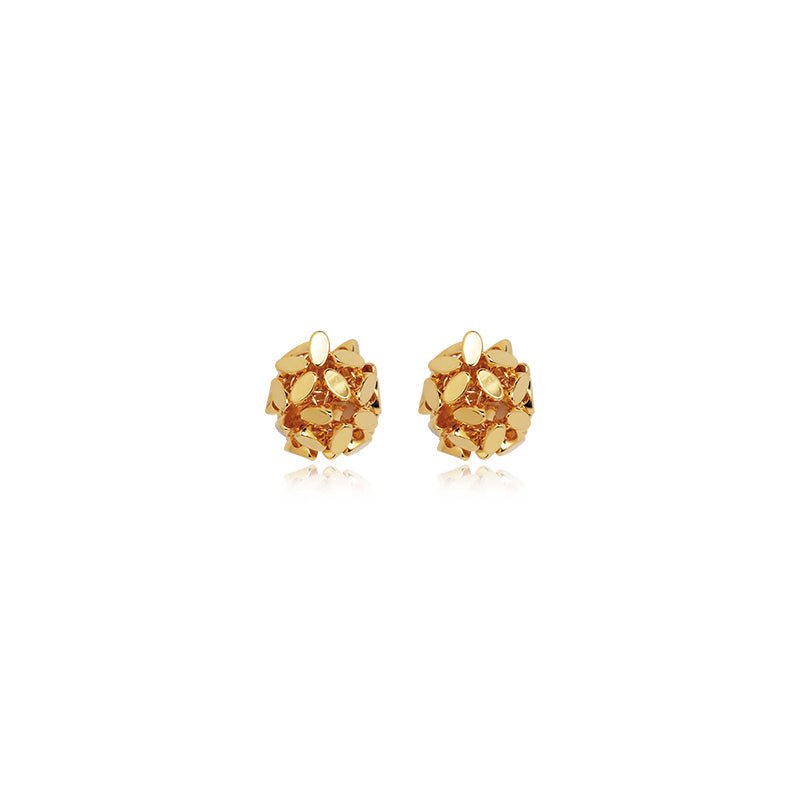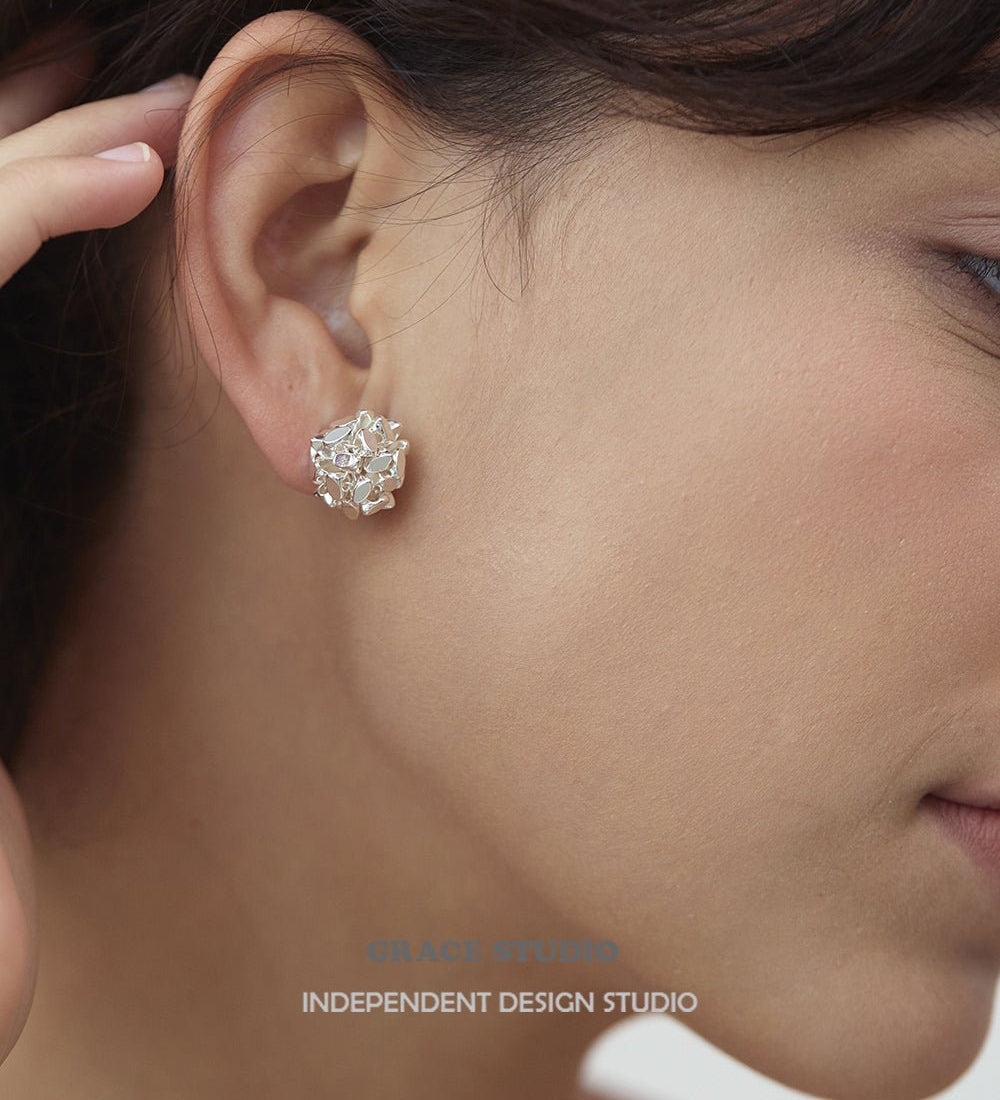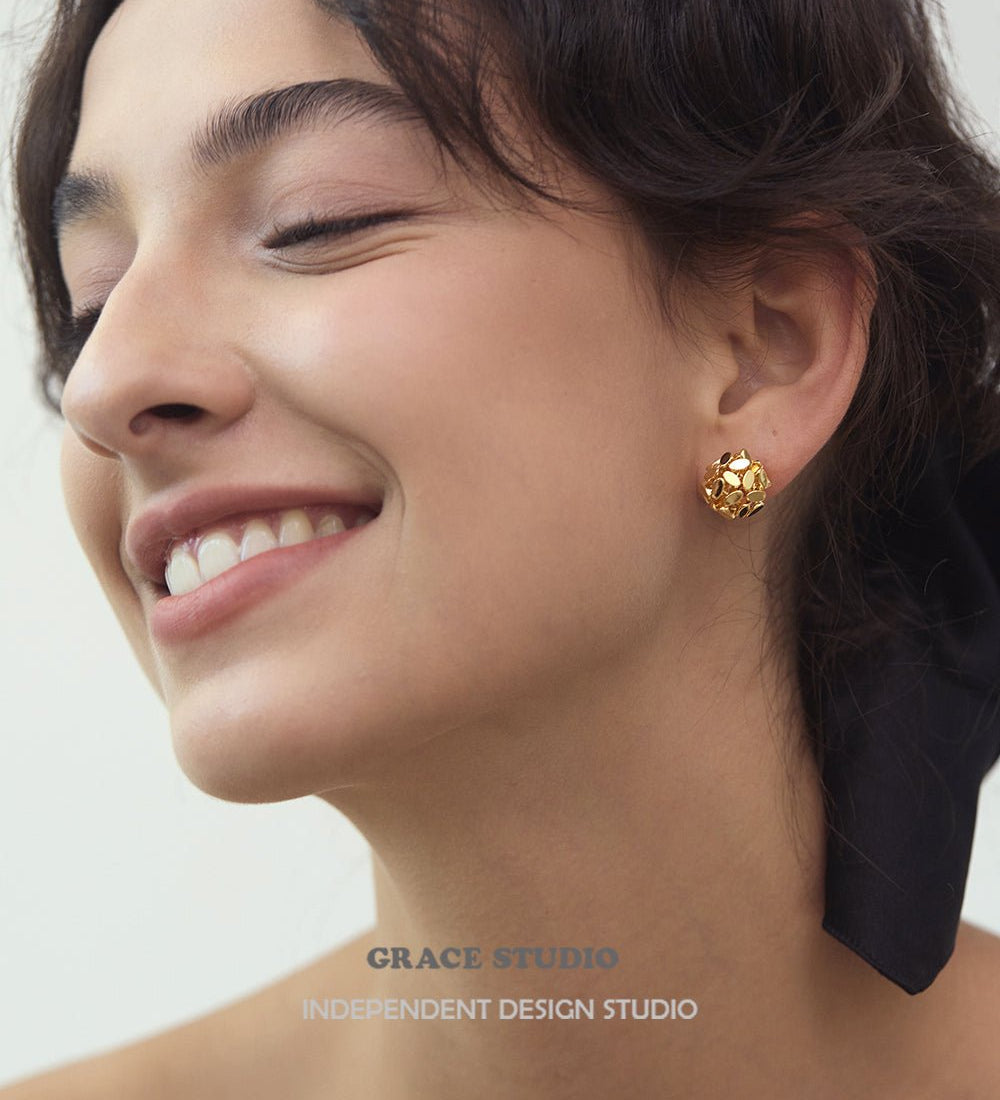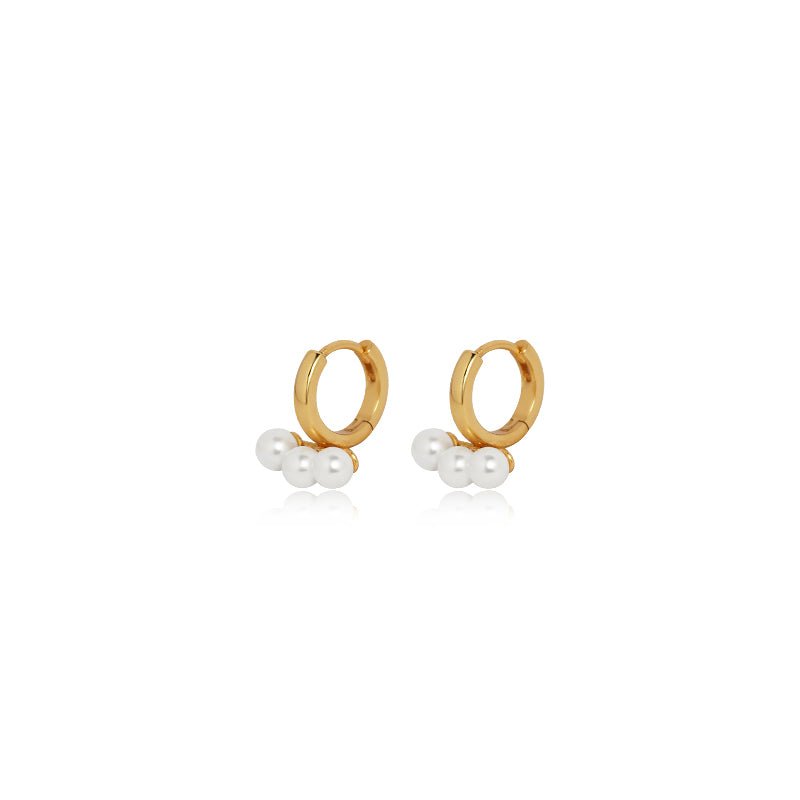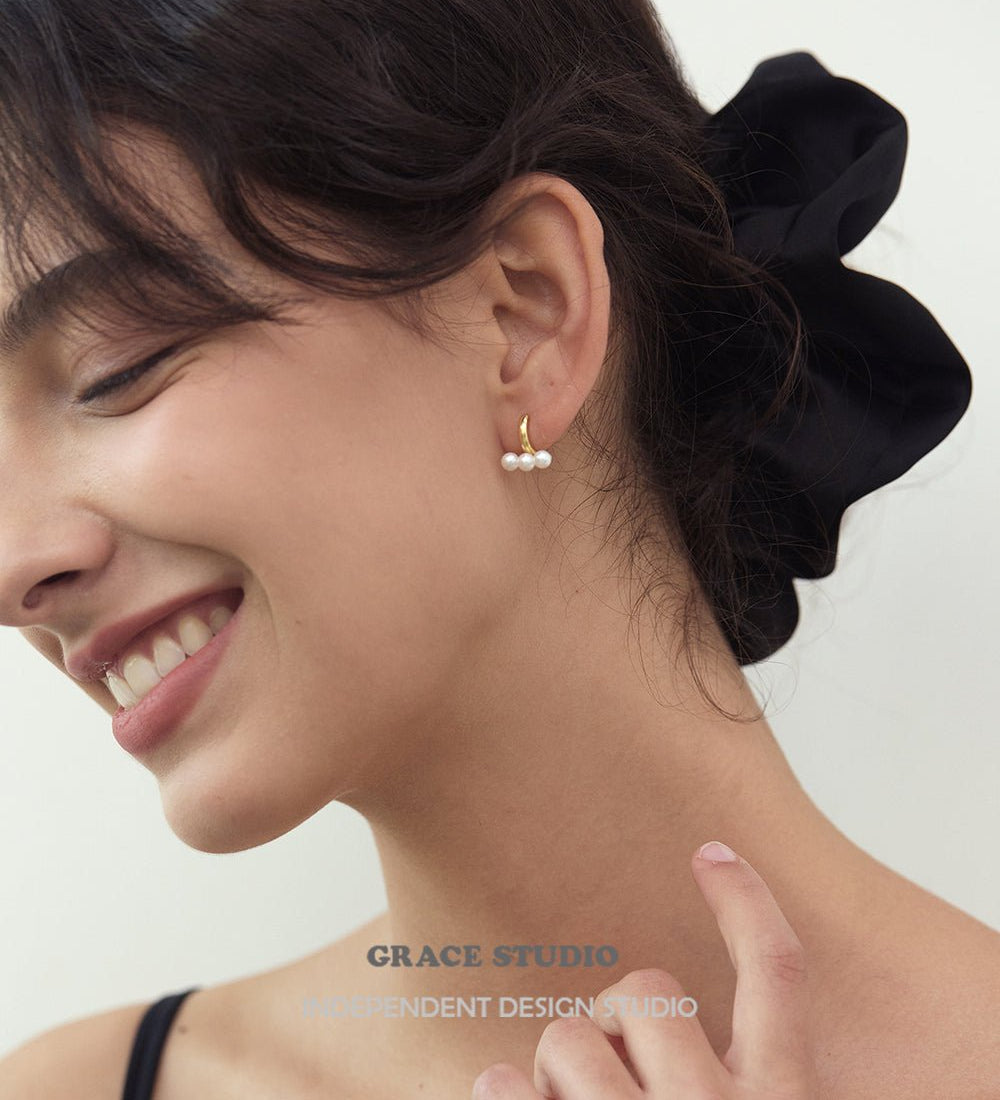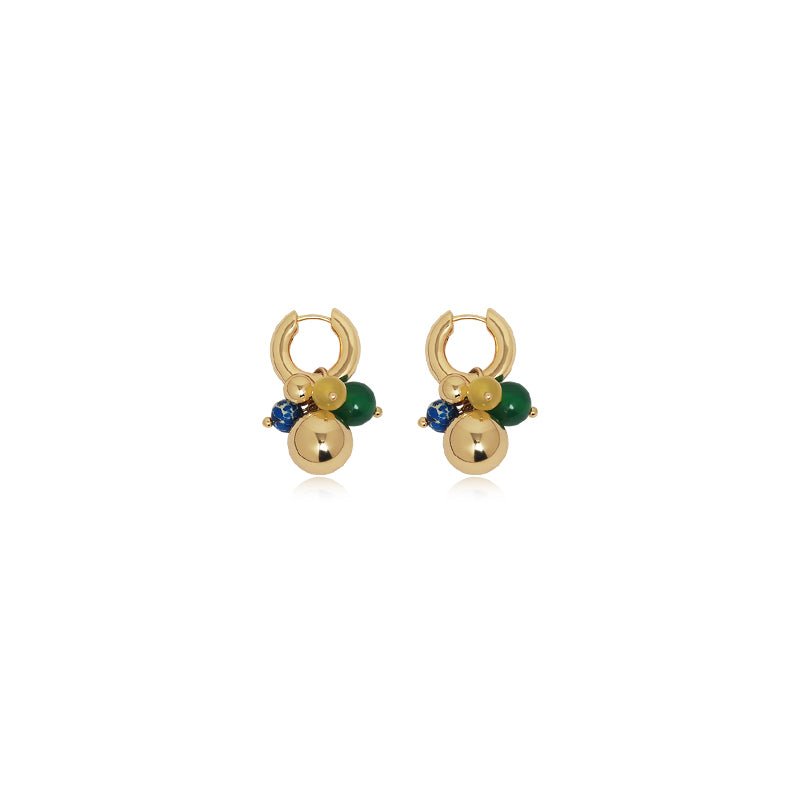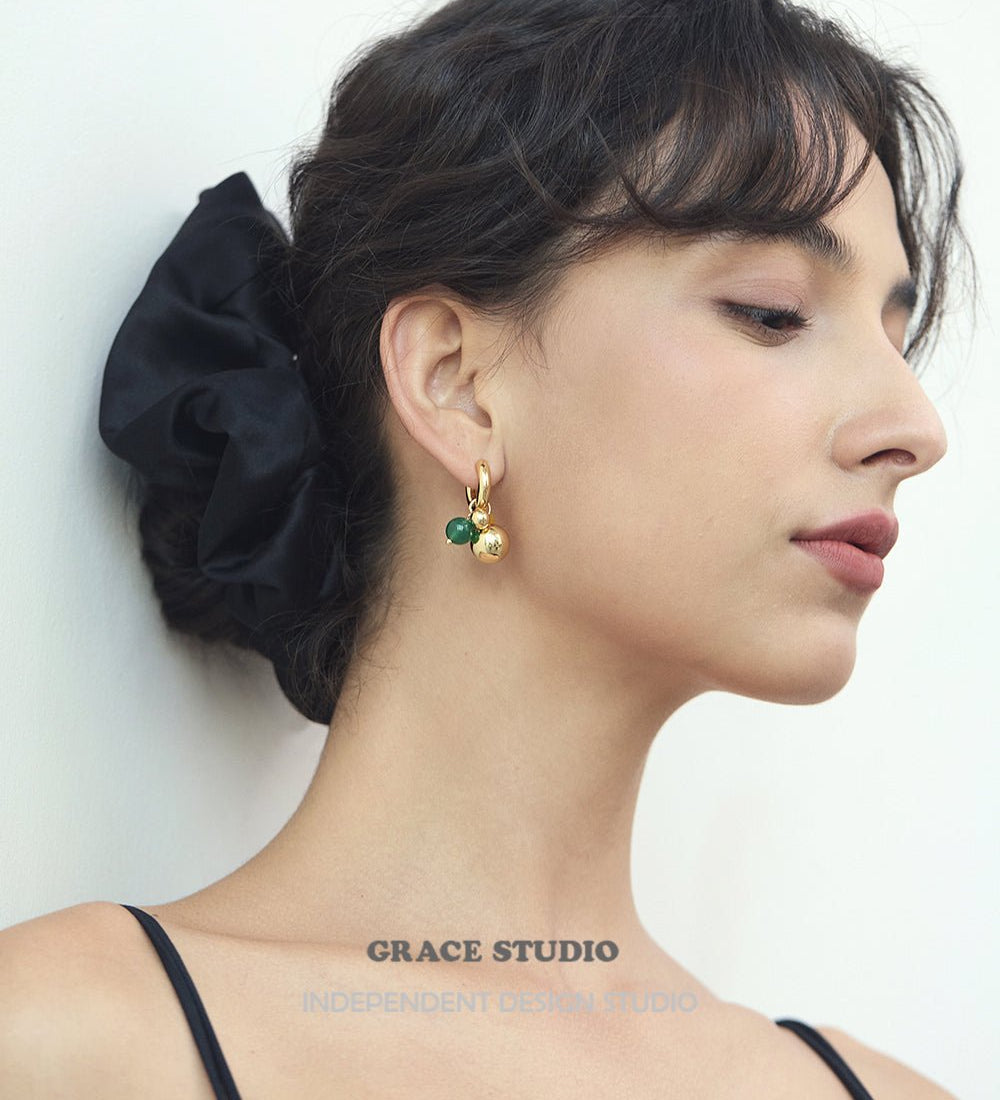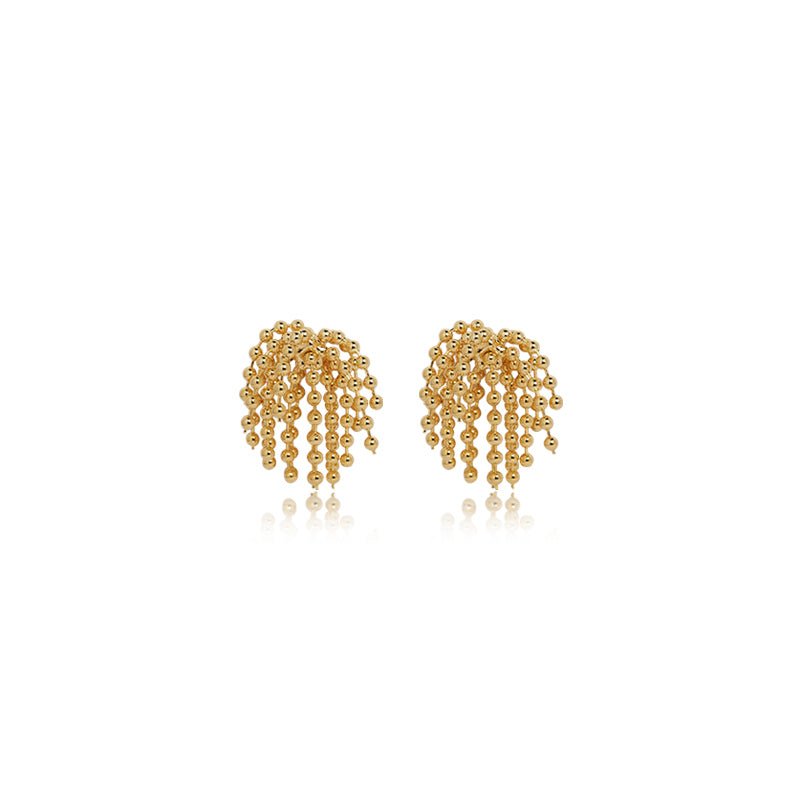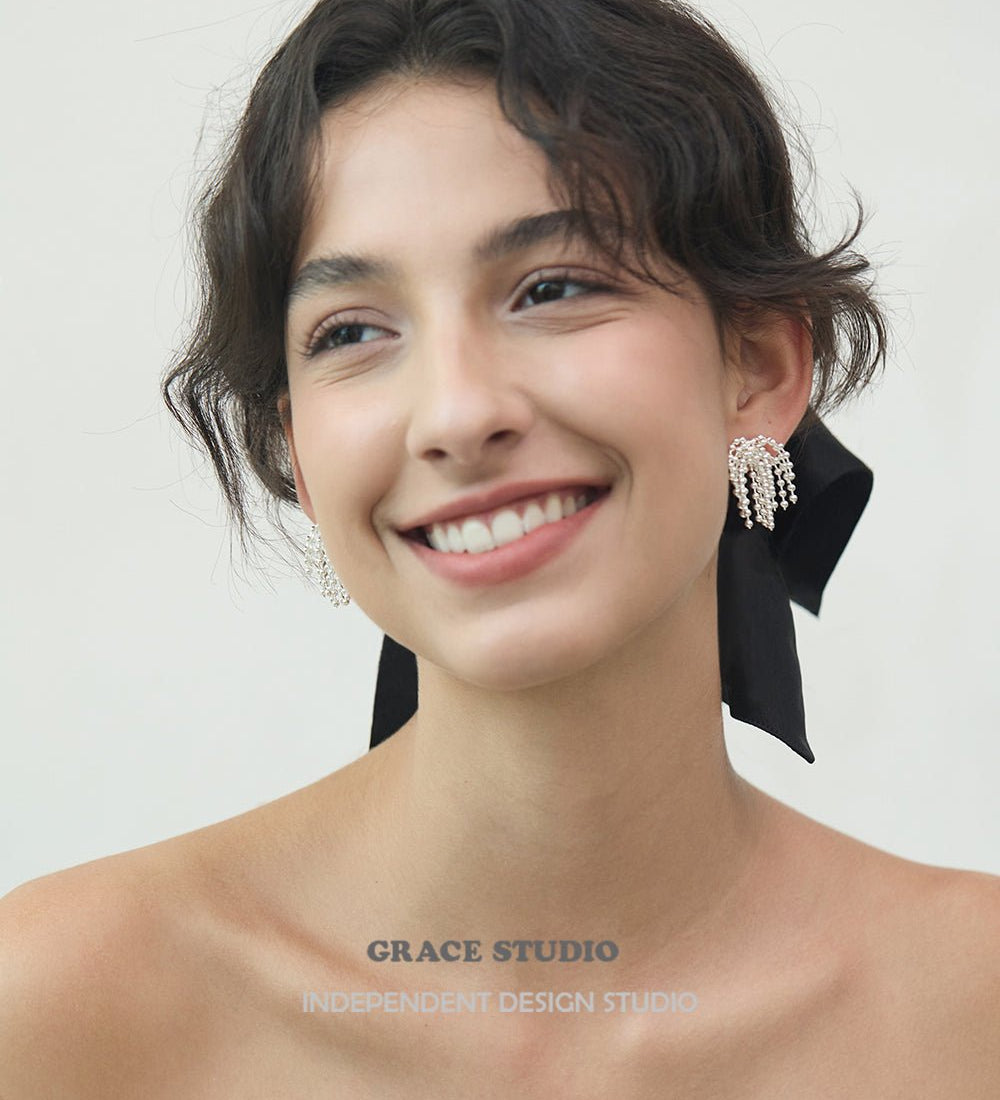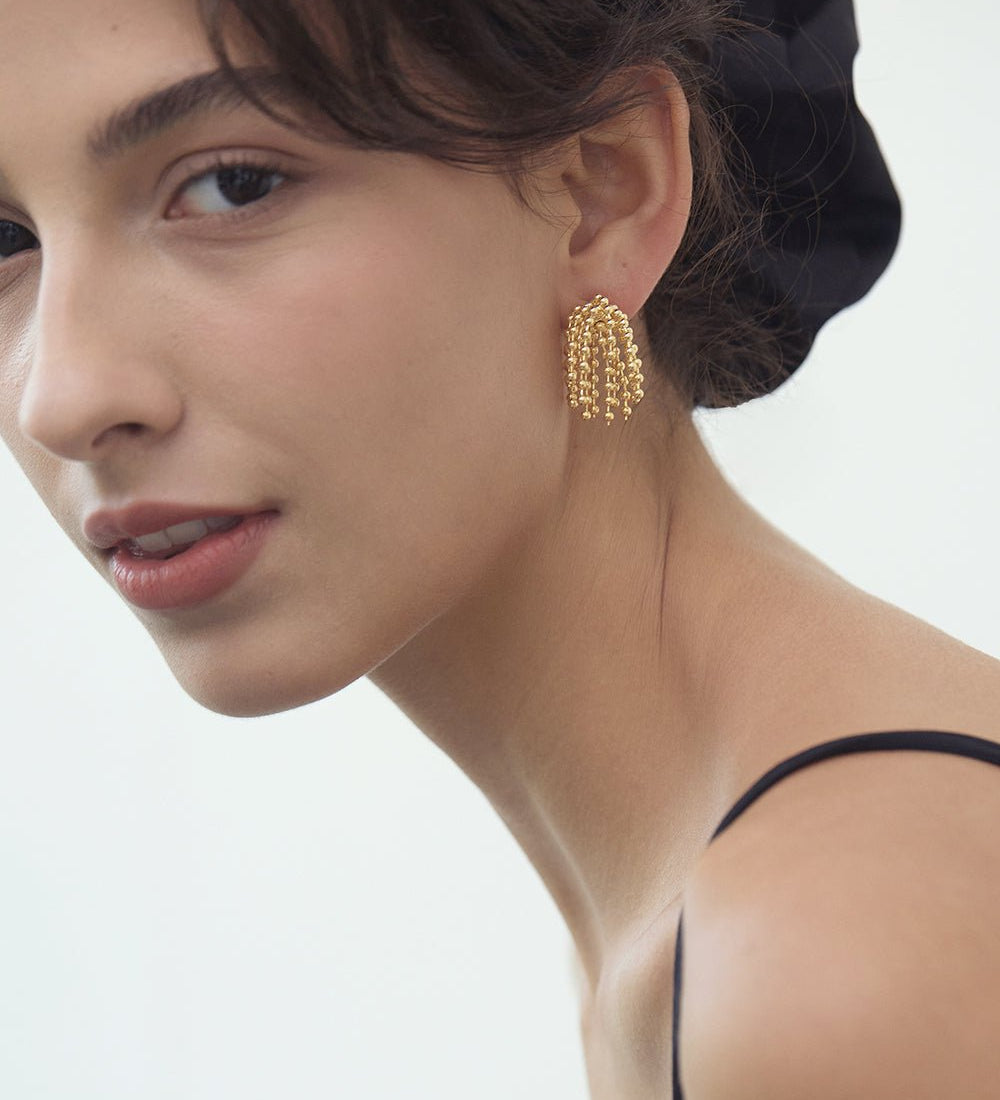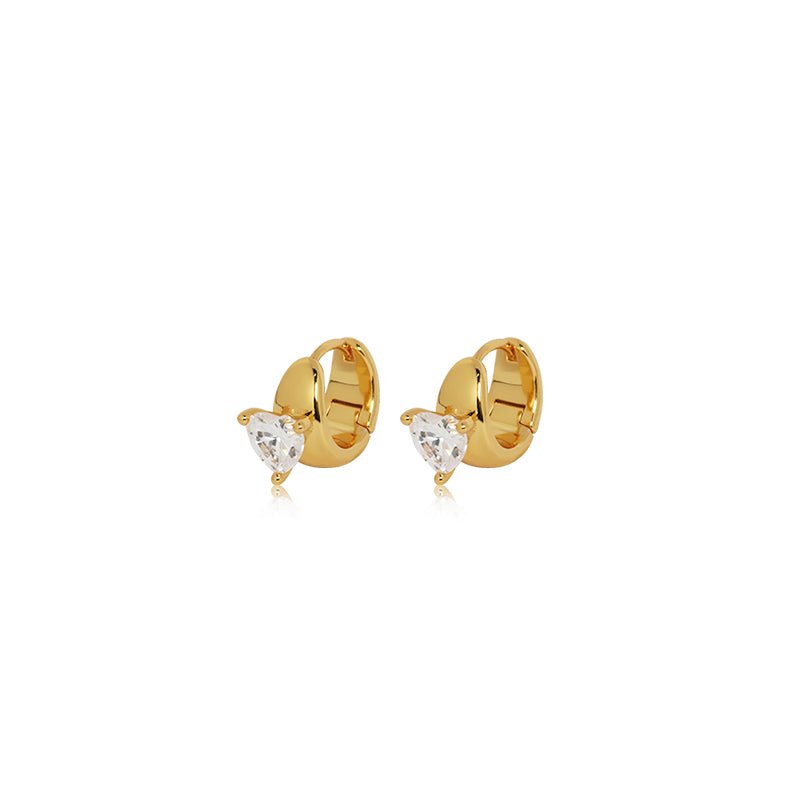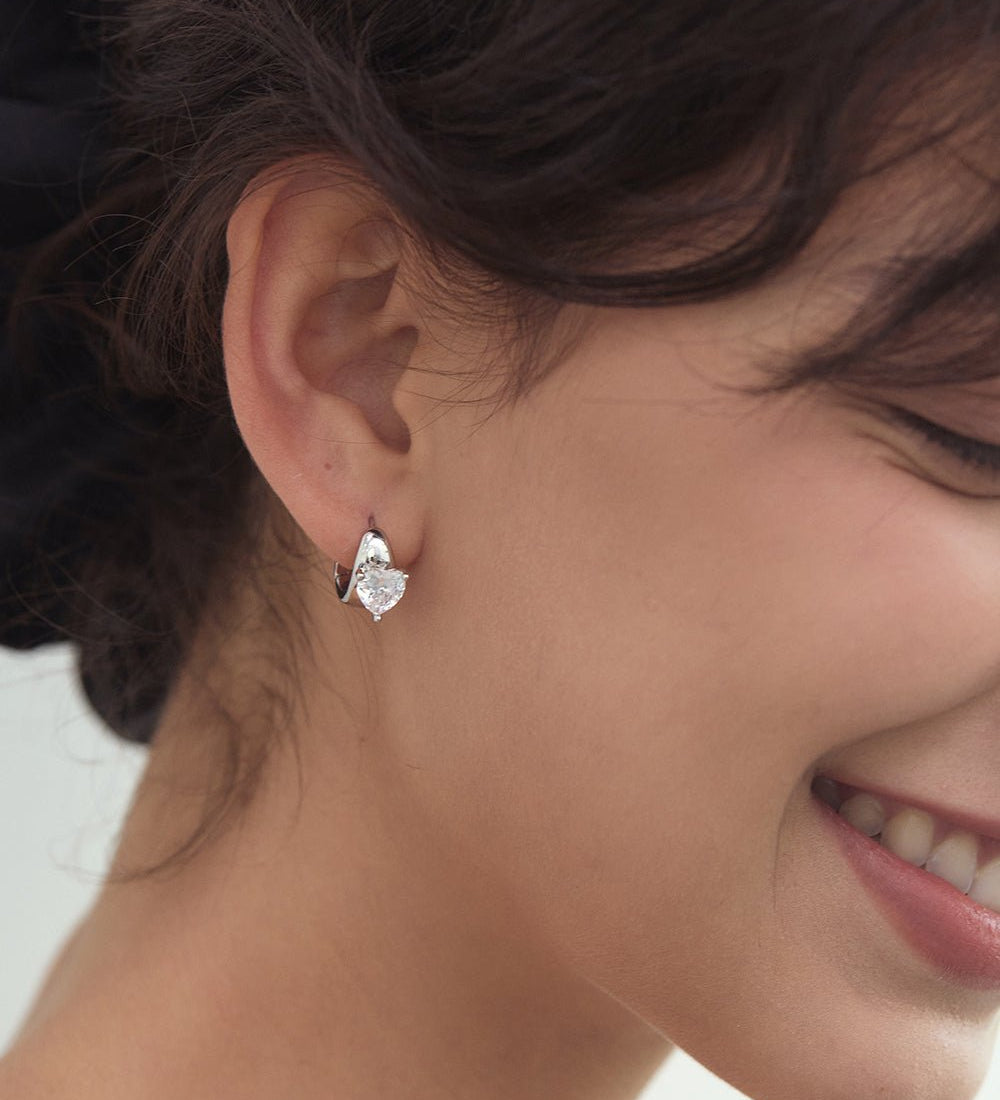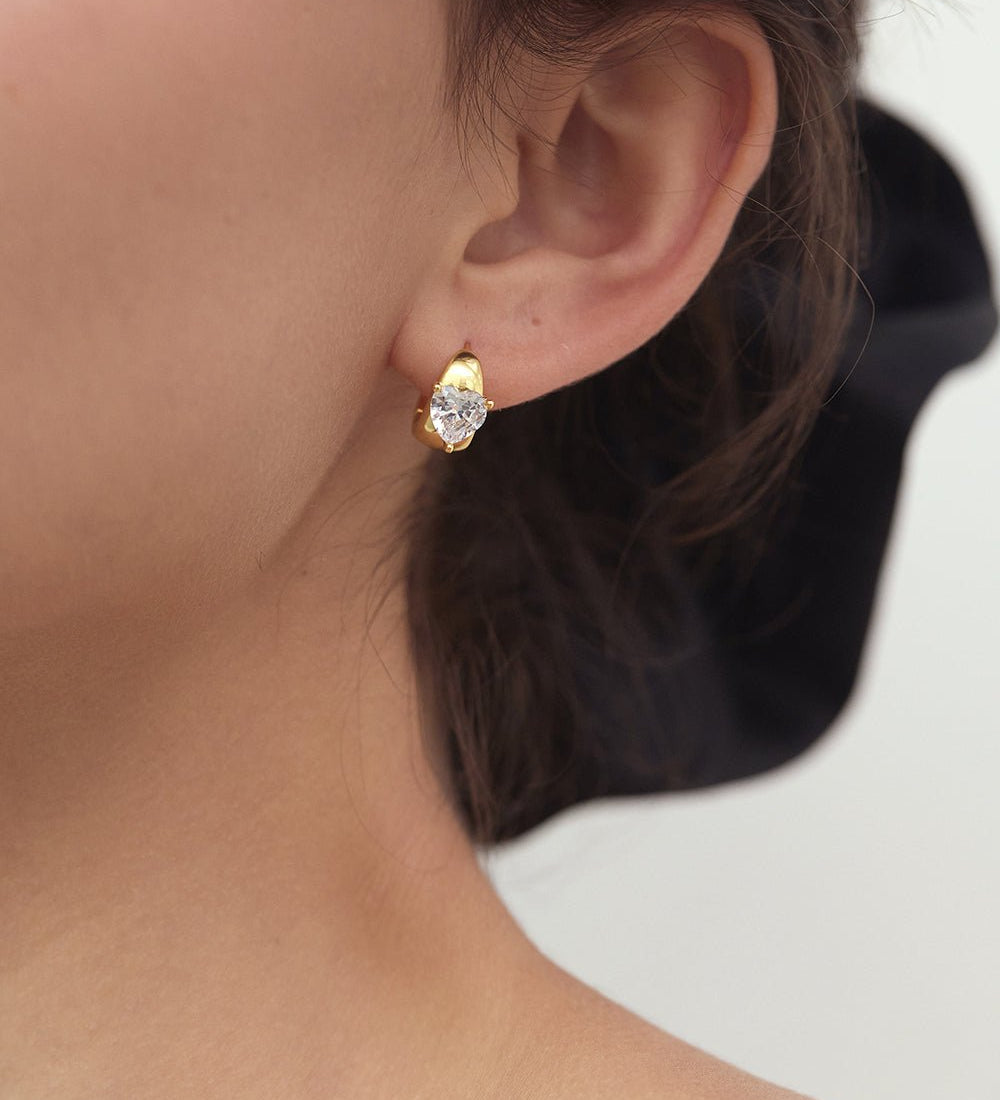How to Buy Pearl Earrings: A Complete Beginner’s Guide to Real Pearls, Styles, and Smart Shopping
Pearls are having a moment, again. They're elegant, timeless, and incredibly versatile, but shopping for your first pair of pearl earrings can feel like stepping into a maze of terminology, price ranges, and styling choices. How do you know if the pearls are real? Which type is right for you? And are high-end options like Tiffany or even Costco really worth it?
Whether you're buying pearl earrings for yourself, as a gift, or just curious about what makes one pair cost $50 and another $5,000, this guide will help you make an informed and confident decision. We’ll cover everything from types of pearls and quality grading to price expectations, real vs. fake checks, and where to shop, online, locally, or in the USA.
Why Pearl Earrings Are a Timeless Choice
Pearl earrings are one of the few jewelry pieces that never go out of style. Their appeal spans generations, wardrobes, and even fashion eras. From delicate studs for everyday wear to dramatic drop earrings for weddings or black-tie events, pearls have a unique way of elevating any look.
Even celebrities and royalty often reach for pearls. Think Akoya pearl earrings worn by icons like Audrey Hepburn, Princess Diana, and more recently, Kate Middleton. Then there’s the prestige of brands like Tiffany & Co., where real pearl earrings are crafted into heirloom-worthy pieces.
Unlike trend-driven accessories, pearl earrings are often passed down, making them a symbol of grace, class, and longevity. If you’re buying them as a gift, they’re almost always a hit.
Types of Pearls: What Are the Best Pearls to Buy?

Before choosing a pair of pearl earrings, it’s important to know the different types of pearls and what they’re best known for.
Freshwater Pearls are the most affordable and versatile. Cultivated primarily in China, these pearls come in a wide range of shapes, colors, and sizes. They’re perfect for everyday wear and beginner buyers.
Akoya Pearls are known for their perfectly round shape and mirror-like luster. Cultivated in Japan and sometimes in China, these are what most people think of when they imagine classic white pearl earrings. Akoya pearls are often featured in premium collections, including those at retailers like Costco.
Tahitian Pearls come from French Polynesia and are naturally dark, ranging from charcoal gray to peacock green. These pearls make bold, statement earrings and are ideal for those looking for something more unique.
South Sea Pearls are the rarest and most expensive. Cultivated in the warm waters of Australia and the Philippines, they’re prized for their large size, thick nacre, and soft golden or white tones.
So, what are the best pearls to buy? For timeless studs or a special occasion piece, Akoya pearls are the gold standard. If you're shopping on a budget, high-quality freshwater pearls offer great value without compromising beauty.
Understanding Pearl Quality: What Are Good Quality Pearl Earrings?
Pearl quality isn’t just about size or color, it involves several grading factors that determine a pearl’s overall value. Here’s what to look for:
Luster: This refers to the pearl's shine. High-quality pearls have sharp, mirror-like reflections. If they look dull or chalky, they’re likely lower grade.
Surface Quality: Blemishes like pits or bumps reduce value. Premium pearls have smooth, clean surfaces.
Shape: Perfectly round pearls are the most prized, especially for studs. Baroque (irregular) shapes are unique and artistic but generally less expensive.
Size: Larger pearls are rarer and often more expensive. However, size should match personal preference and comfort, especially for daily wear.
Color: Pearls come in white, pink, lavender, gold, black, and even green hues. Choose one that complements your skin tone or wardrobe.
So, how can you tell if pearls are cheap? Watch out for overly glossy surfaces that look fake, rough finishes, and light plastic-like weight. These are red flags.
Now, are Costco pearls good quality? Surprisingly, yes. Costco typically offers mid-to-high grade pearls at competitive prices, often AA or AAA grade. Just check the listing for any mention of certification or grading for assurance.
How Much Should Real Pearl Earrings Cost?

Prices vary widely depending on type, size, and quality. Here’s a general breakdown:
-
Freshwater Pearl Earrings: $50 to $300. Great for entry-level buyers.
-
Akoya Pearl Earrings: $150 to $1,000+. Expect to pay more for perfect roundness and high luster.
-
Tahitian and South Sea Pearl Earrings: $500 to $5,000+. Their rarity and natural colors drive up the price.
If you’re looking at luxury brands like Tiffany, prices can climb significantly higher, not only for the pearl quality but also for the brand prestige, setting, and craftsmanship.
Always look beyond the pearl: the earring posts should ideally be 925 silver, 14K or 18K gold, especially for sensitive ears. These metals also support the longevity of the piece.
Tip: Ask for a breakdown, What grade are the pearls? What’s the origin? What metal is used? These questions will help you compare value across different sellers.
How to Tell If Pearl Earrings Are Real
Worried your pearl earrings might be fake? You're not alone. There are plenty of imitation pearls out there, and not all sellers are upfront. But the good news is, you don’t need special equipment to tell the difference. Here are four simple tests you can do at home:
1. The Tooth Test
Take the pearl and gently rub it against the edge of your front teeth. If it feels slightly gritty or sandy, congratulations, it’s likely real. Fake pearls, especially those made from plastic or glass, will feel smooth and slippery.
2. The Temperature Test
Real pearls are made by living oysters, so they retain a cool temperature when you first touch them. Hold a pearl to your cheek, it should feel cold initially and warm up as you wear it. If it’s room temperature from the start, it's probably synthetic.
3. The Weight Test
Weight can be a giveaway. Real pearls feel substantial in the hand. Fakes are often lighter, especially those made of plastic. If your earrings feel suspiciously light for their size, that’s a red flag.
4. The Visual Test
Look closely. Real pearls are rarely perfectly uniform. You might see small ridges, slight bumps, or natural inconsistencies. Fake pearls tend to be too perfect, completely smooth, symmetrical, and glossy in an unnatural way.
If you're planning to spend a significant amount, especially on Akoya or South Sea pearls, don’t hesitate to ask for a certificate of authenticity. Reputable sellers should offer documentation that includes pearl type, origin, size, and grade.
And one last tip: trust your gut. If a deal seems too good to be true for a pair that looks flawless, it probably is.
Pearl Earring Styles and How to Choose Yours

Pearl earrings come in more styles than most people expect. Choosing the right one is about balancing personal style with lifestyle and face shape. Here's how to find a pair that feels like you:
Stud Earrings
Classic, understated, and incredibly versatile. Pearl studs are ideal for daily wear or professional settings. If this is your first pair of pearl earrings, studs are a safe and elegant choice.
Drop or Dangle Earrings
A great pick for formal events or when you want to make a statement. Drops add movement and lengthen the face. They work beautifully with updos or minimalist outfits.
Hoops with Pearls
A modern take on two classics, hoop earrings and pearls. These styles are fashion-forward but still polished. Look for minimalist designs if you want something trendy but wearable.
Baroque Pearl Earrings
Baroque pearls are irregularly shaped and often one-of-a-kind. These earrings tend to be more artistic and expressive, great for someone who loves jewelry that doesn’t follow tradition.
Women: How to Buy Pearl Earrings for Yourself
When choosing pearl earrings for yourself, think about three things: your face shape, skin tone, and what you wear most often. Round faces often benefit from drop styles, while longer faces can soften with studs. If you have a warm undertone, yellow gold settings and cream-colored pearls look best. Cooler tones pair beautifully with silver or white gold and white or pink pearls.
Shopping for Pearl Earrings: In the USA, Near You, or Online
Whether you're buying online or walking into a store, your shopping approach will affect what you get. Here’s how to make the most of each option.
How to Buy Pearl Earrings in the USA
If you're in the United States, you have a wide range of retailers to choose from. Brands like Tiffany & Co., Mikimoto, and Blue Nile are known for high-quality, authenticated pearls. Even stores like Costco offer excellent value for mid-grade Akoya and freshwater earrings.
Before buying, look at return policies, warranty coverage, and whether the store provides documentation of pearl type and grading. This is especially important for higher-end items.
How to Buy Pearl Earrings Near Me
Prefer to shop locally? That’s a great choice if you want to inspect pearls in person. Local jewelers can walk you through the differences in luster, color, and fit. Look for shops that display transparent grading and allow returns or exchanges.
A good trick? Search phrases like “pearl earrings jeweler near me” or “certified pearls [your city]” to find well-reviewed stores in your area.
How to Buy Pearl Earrings Online
Online shopping can open the door to more variety and better pricing. Trusted online retailers include The Pearl Source, Pearl Paradise, Blue Nile, and Mejuri. Even Tiffany offers online-only exclusives.
When shopping online, always look for the following:
-
Clear descriptions of pearl type, size, and grade
-
Real, unedited product images (not just renders)
-
A certification or guarantee of authenticity
-
Free or easy returns in case the earrings aren’t what you expected
Best place to buy pearls online? That depends on your budget and style, but stores like The Pearl Source and Pearl Paradise often combine value with quality documentation and great customer service.
And don’t forget to check the metal type (gold vs. silver) and the type of earring back (screw-back vs. push-back) to ensure comfort and longevity.
Red Flags and Common Mistakes to Avoid

Even experienced shoppers make mistakes when it comes to buying pearls. Here's how to avoid the biggest pitfalls:
Mistake 1: Believing “Too Perfect” Pearls
If every pearl is exactly the same size, color, and finish, be suspicious. Real pearls are organic and should show subtle variation.
Mistake 2: Buying Without Certification
If the seller can’t provide basic details about the pearls (type, origin, grade), move on. Especially for anything over $100, you should expect full transparency.
Mistake 3: Choosing Oversized Pearls Without Trying Them On
Big pearls look beautiful in photos but might overwhelm smaller ears. Always consider your proportions and style before buying large statement pieces.
Mistake 4: Confusing Color with Dye
Many inexpensive pearls are dyed to appear more vibrant. This isn't necessarily bad, but sellers should disclose it. Natural hues usually cost more and tend to age better.
Pearl Earring Gift Guide
Pearl earrings make excellent gifts, thoughtful, luxurious, and suitable for all ages. Whether you’re shopping for a birthday, Mother’s Day, or a wedding, here’s how to choose a pair that hits the mark:
Start with timelessness. Stick to white or soft pink studs or small drops, which match almost any outfit and skin tone. If the recipient loves fashion, consider modern twists like baroque pearls or dainty hoops.
Want to make it more personal? Pair the earrings with a handwritten note, gift box, or something symbolic, like a pearl birthstone charm or an engraving on the box lid.
Don’t forget to check if she has pierced ears before buying earrings. If you’re unsure, consider a pearl pendant instead.
How to Care for Pearl Earrings
Pearls are delicate and need a little more TLC than your typical jewelry. Here’s how to make sure they stay beautiful for years:
-
Store separately. Pearls can scratch if stored next to metal or harder gemstones. Keep them in a soft pouch or a fabric-lined box.
-
Keep away from chemicals. Perfume, hairspray, and even sweat can damage pearls. Make pearls the last thing you put on and the first thing you take off.
-
Clean gently. Don’t soak them. Just wipe gently with a soft, damp cloth after wearing. Avoid ultrasonic cleaners and abrasive materials.
-
Wear them. Pearls benefit from natural oils in your skin, which help maintain their luster. Just don’t wear them in the pool or shower.
Conclusion
Buying pearl earrings doesn’t have to be intimidating. Once you know what to look for, type, grade, style, and seller credibility, you’re more than ready to make a smart, stylish purchase.
Whether you’re drawn to the elegant glow of Akoya studs, the bold charm of baroque drops, or the accessibility of a well-made freshwater pair, there's a set of pearls out there with your name on it.
They’re not just jewelry, they’re personal, lasting pieces that bring a touch of quiet beauty to your everyday life.

